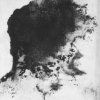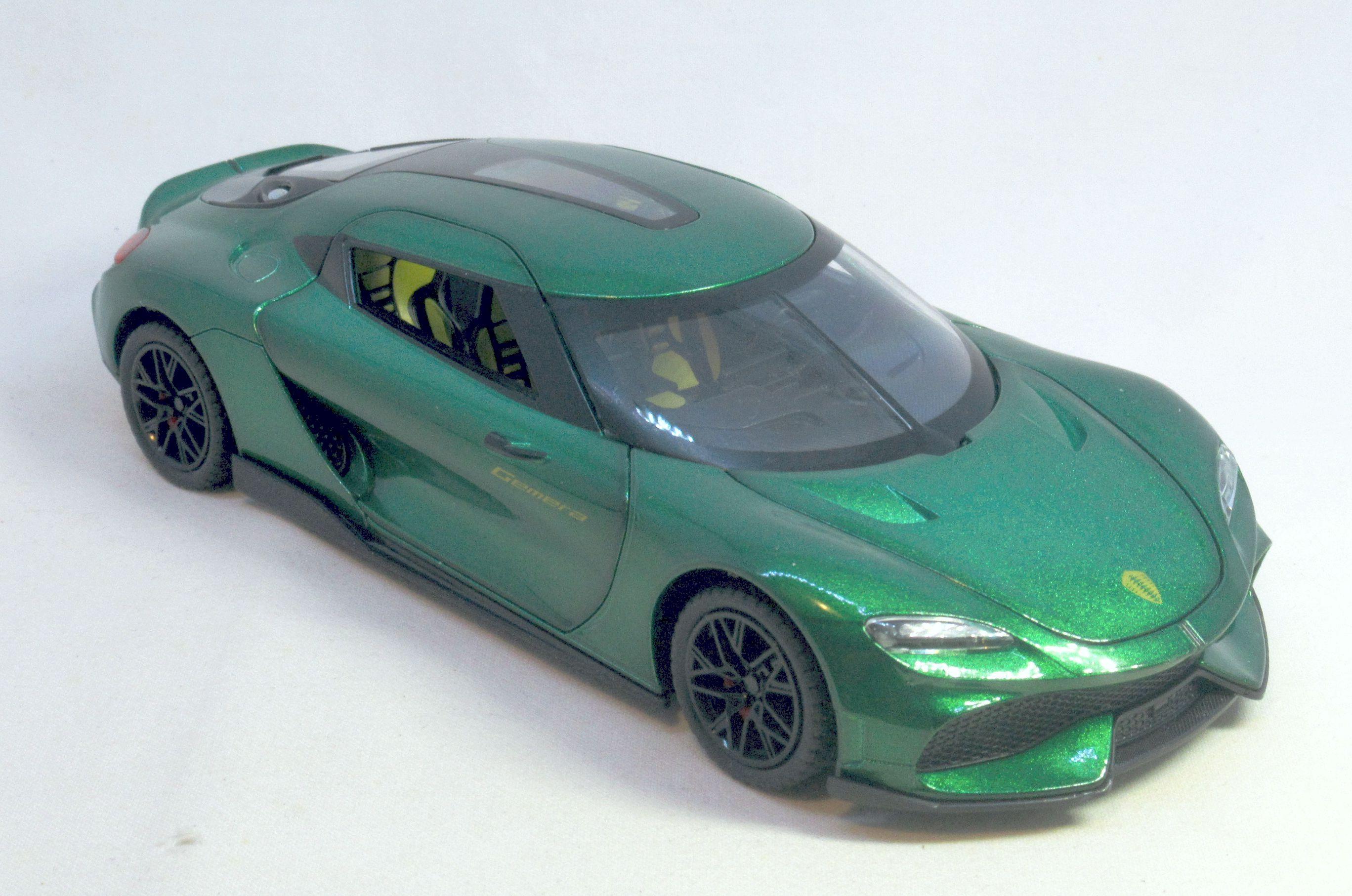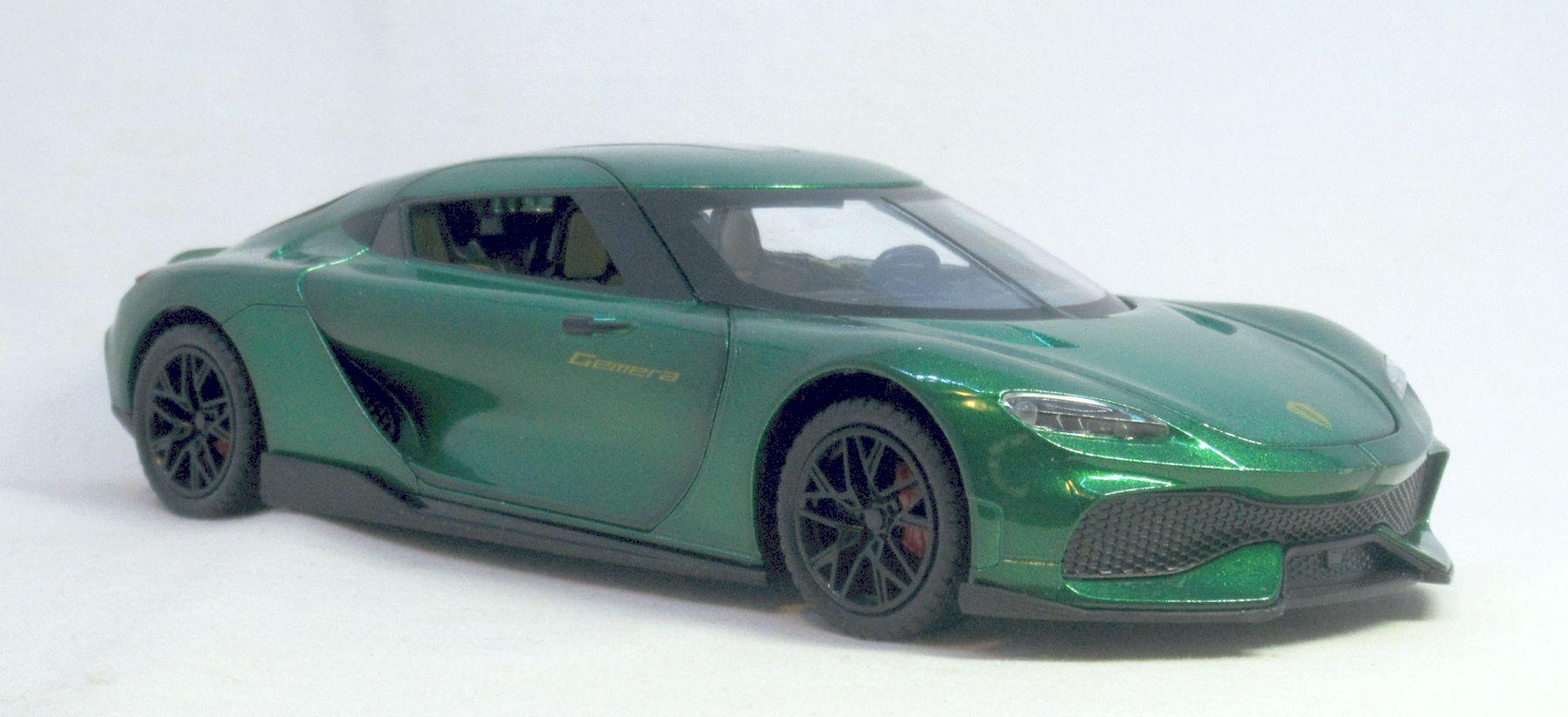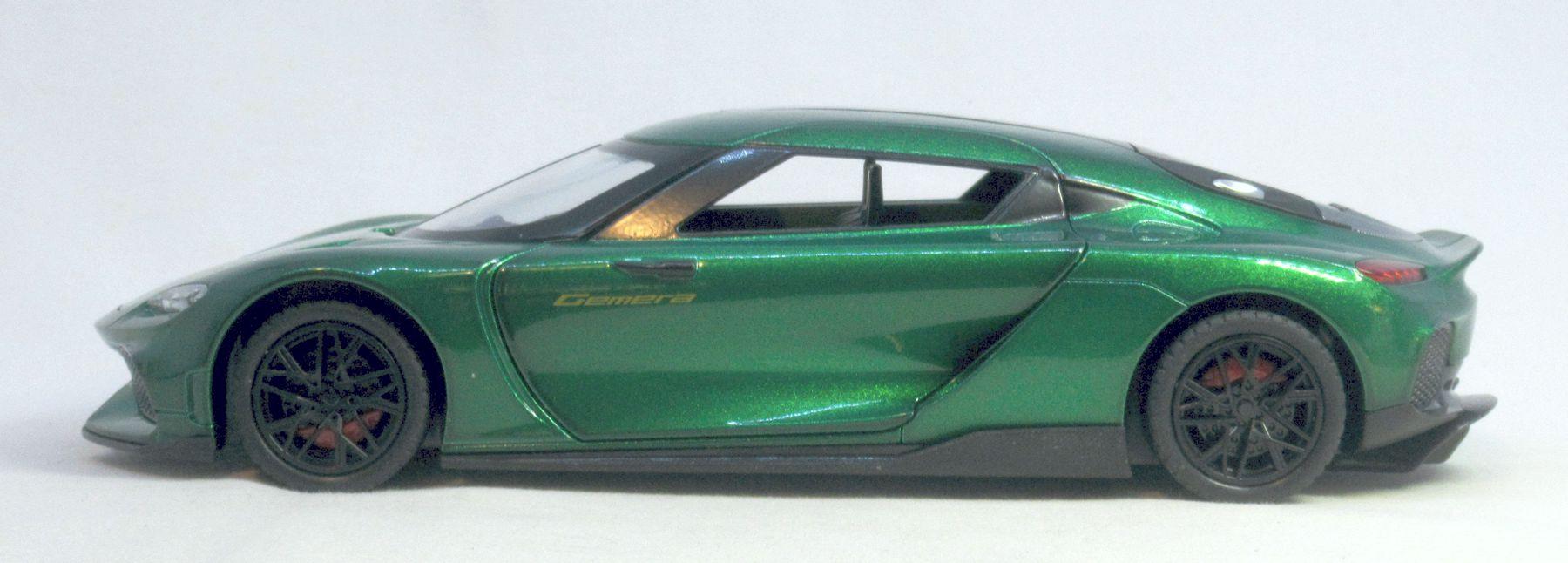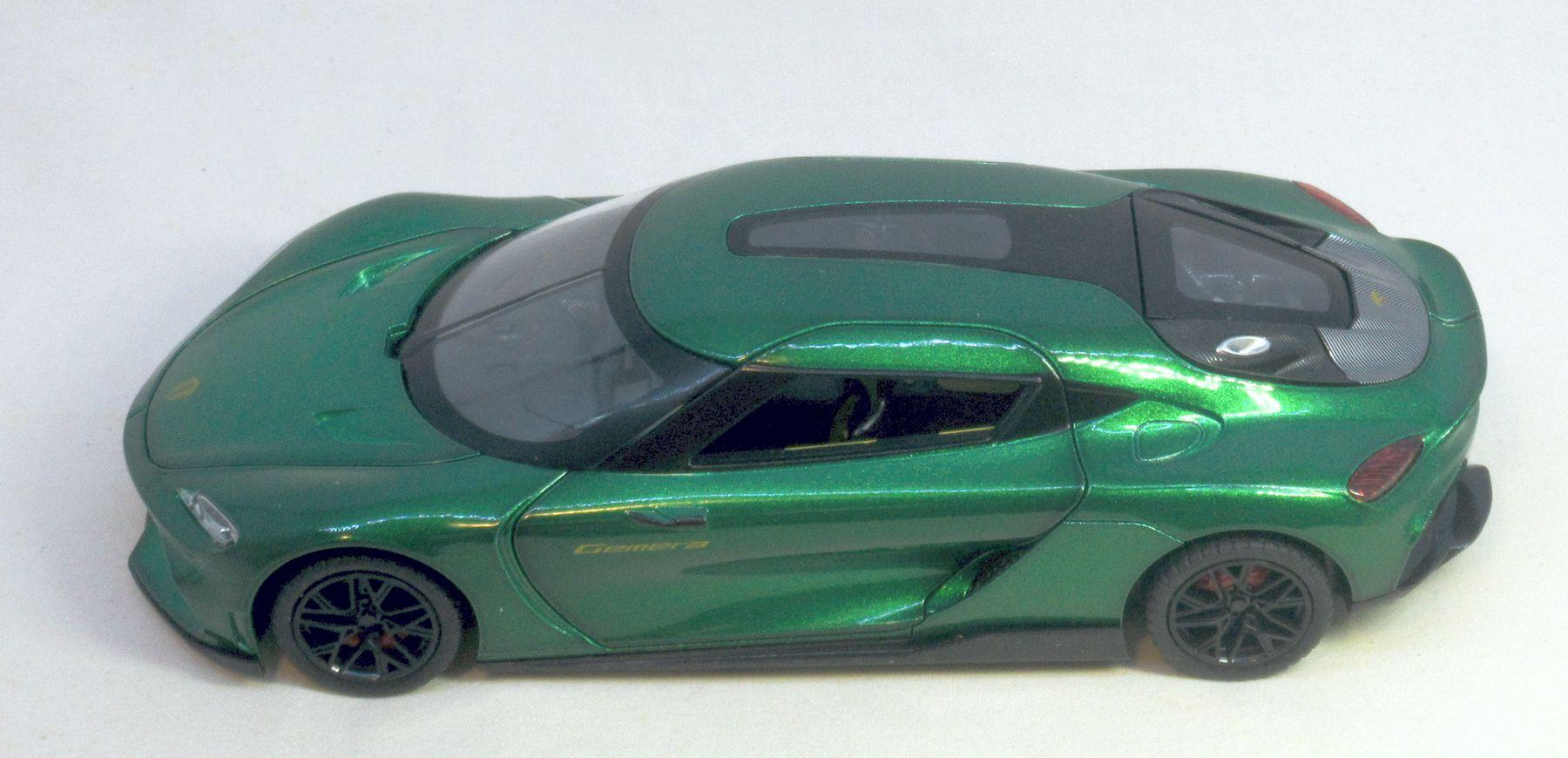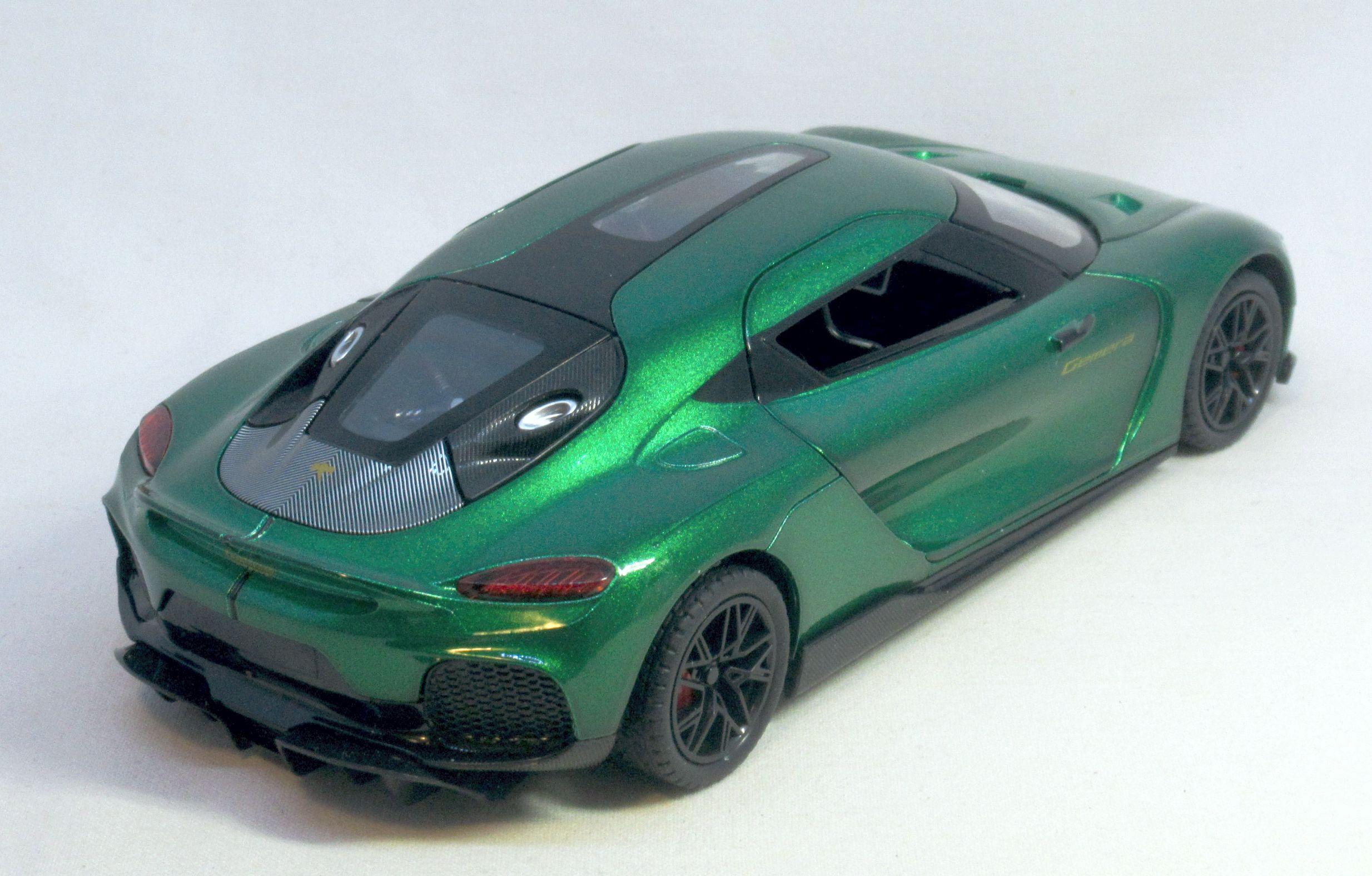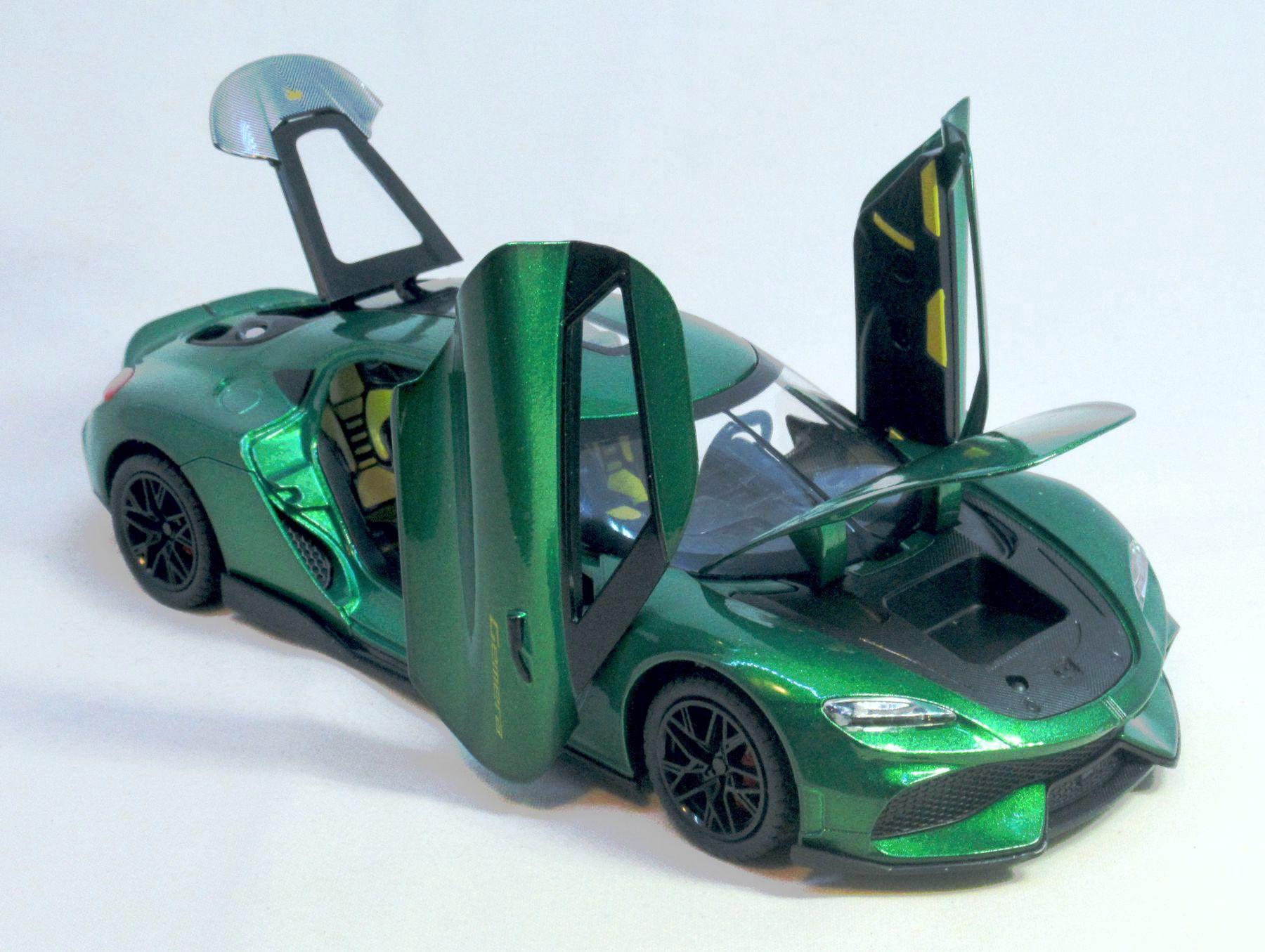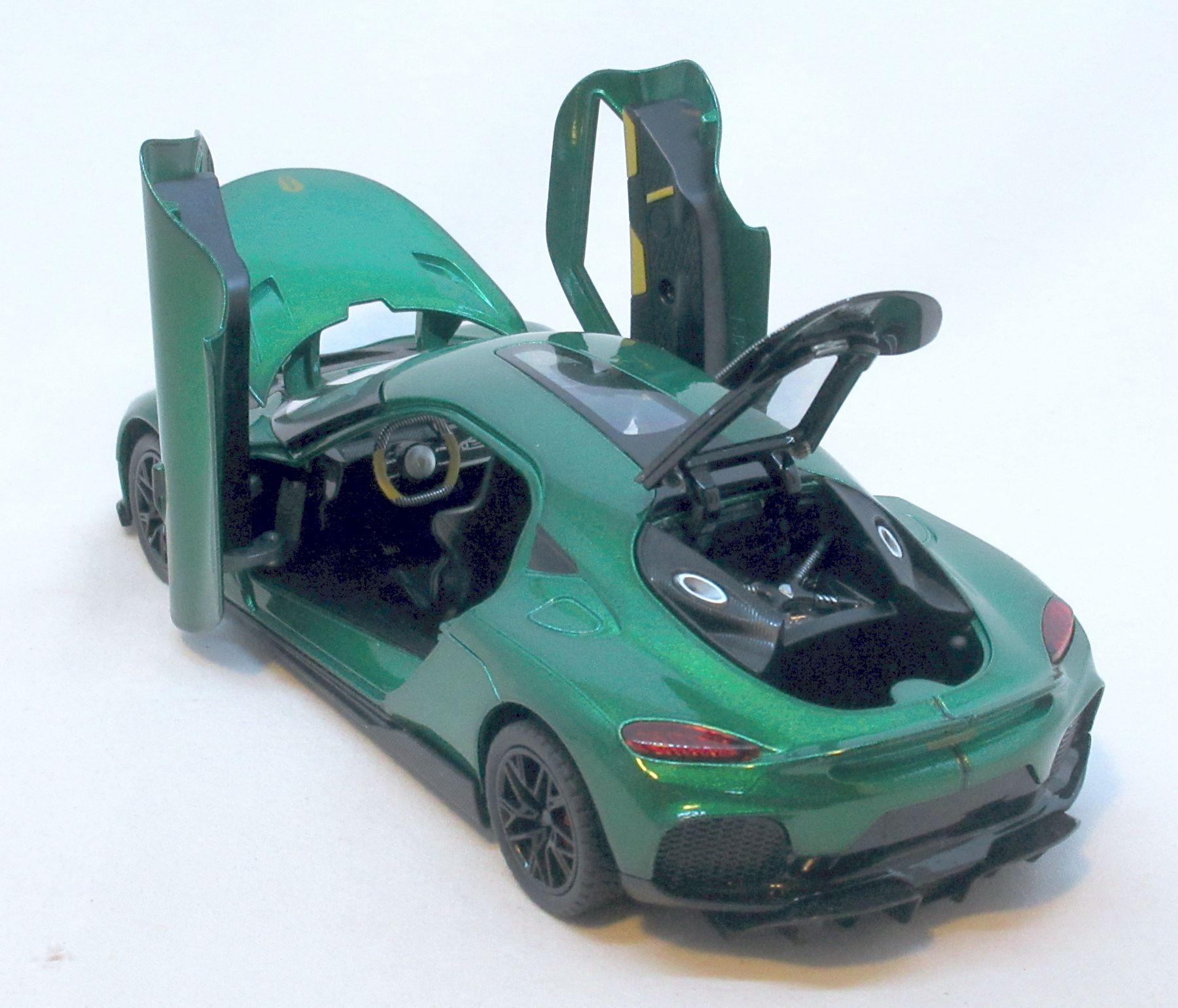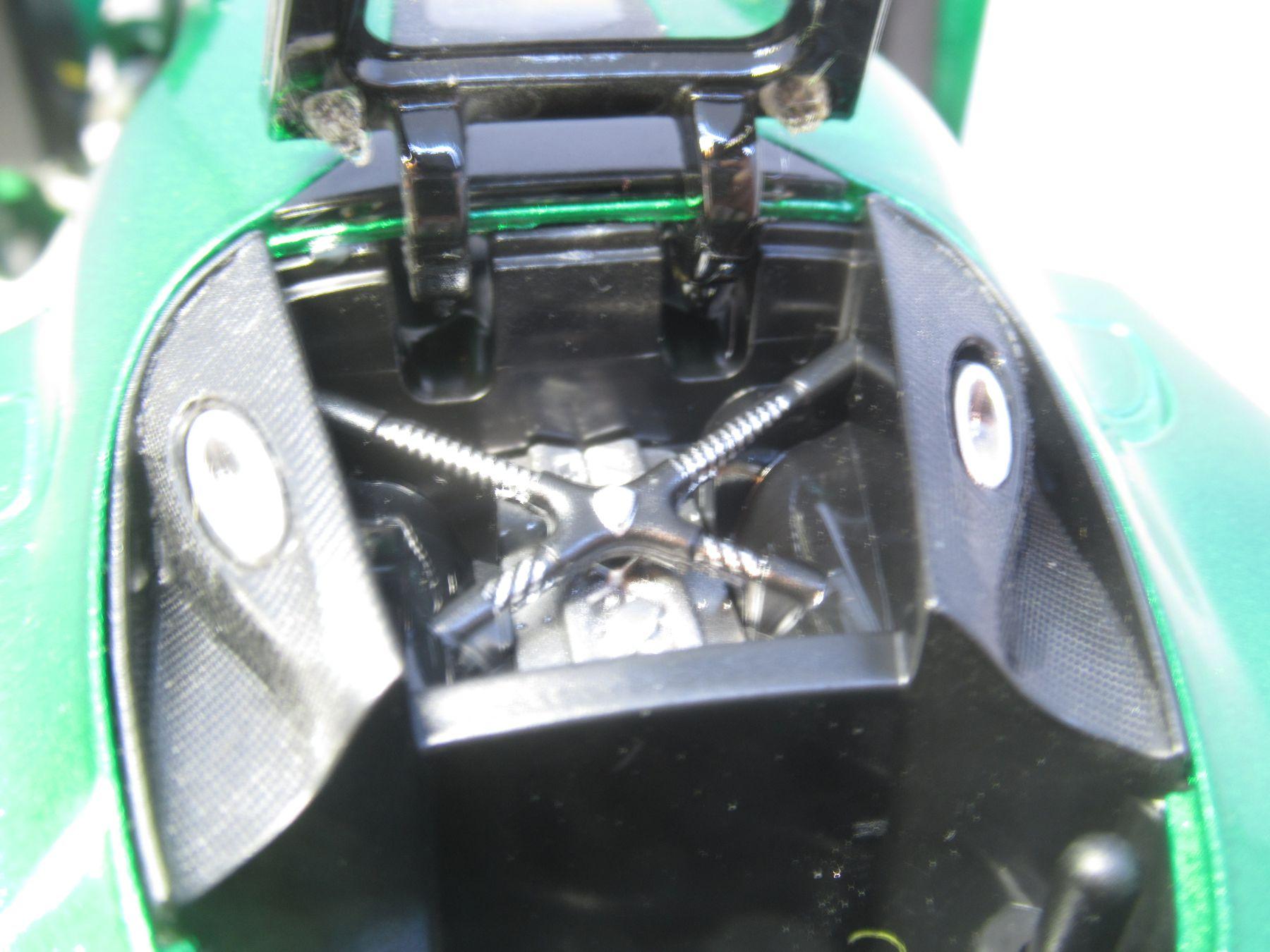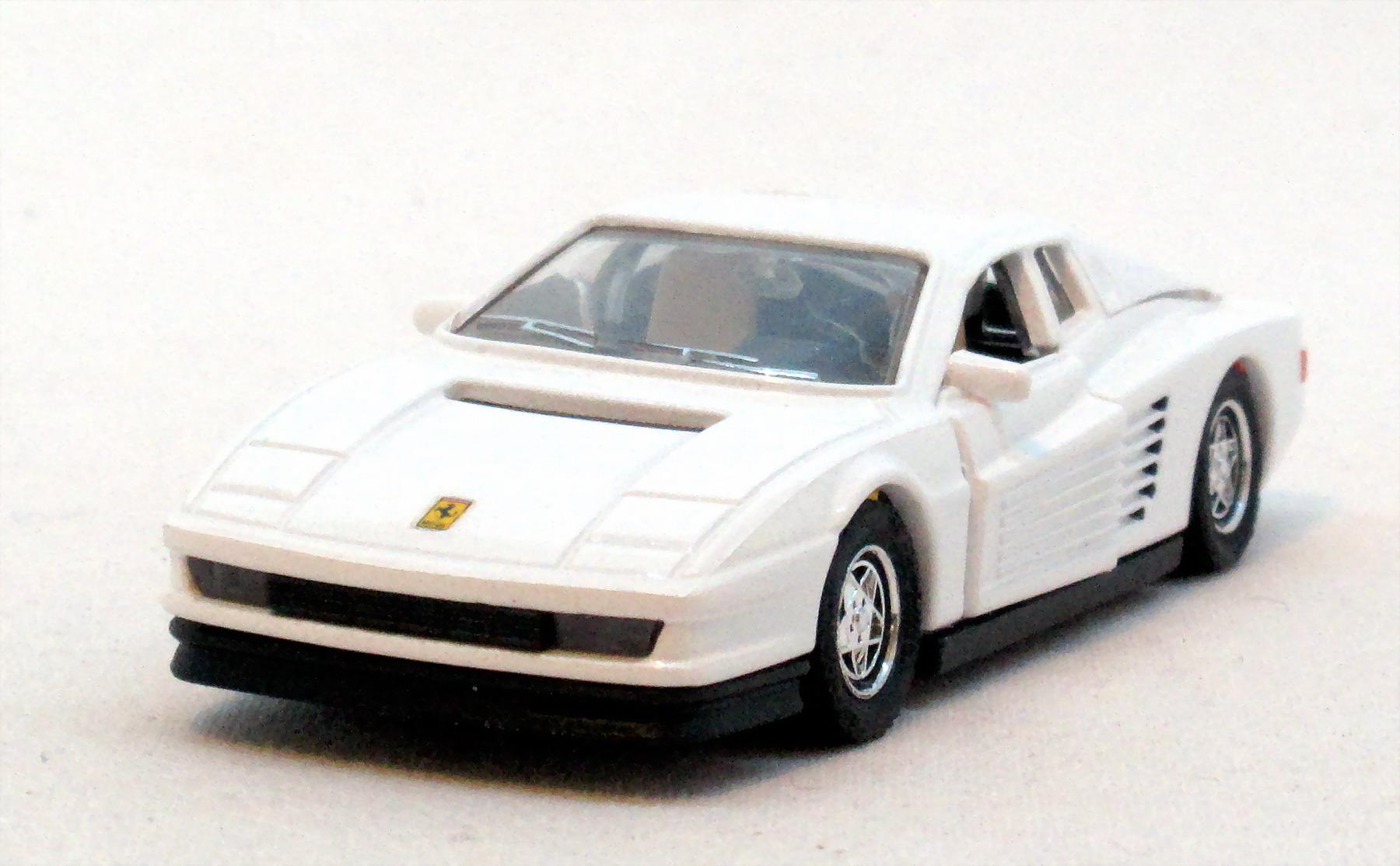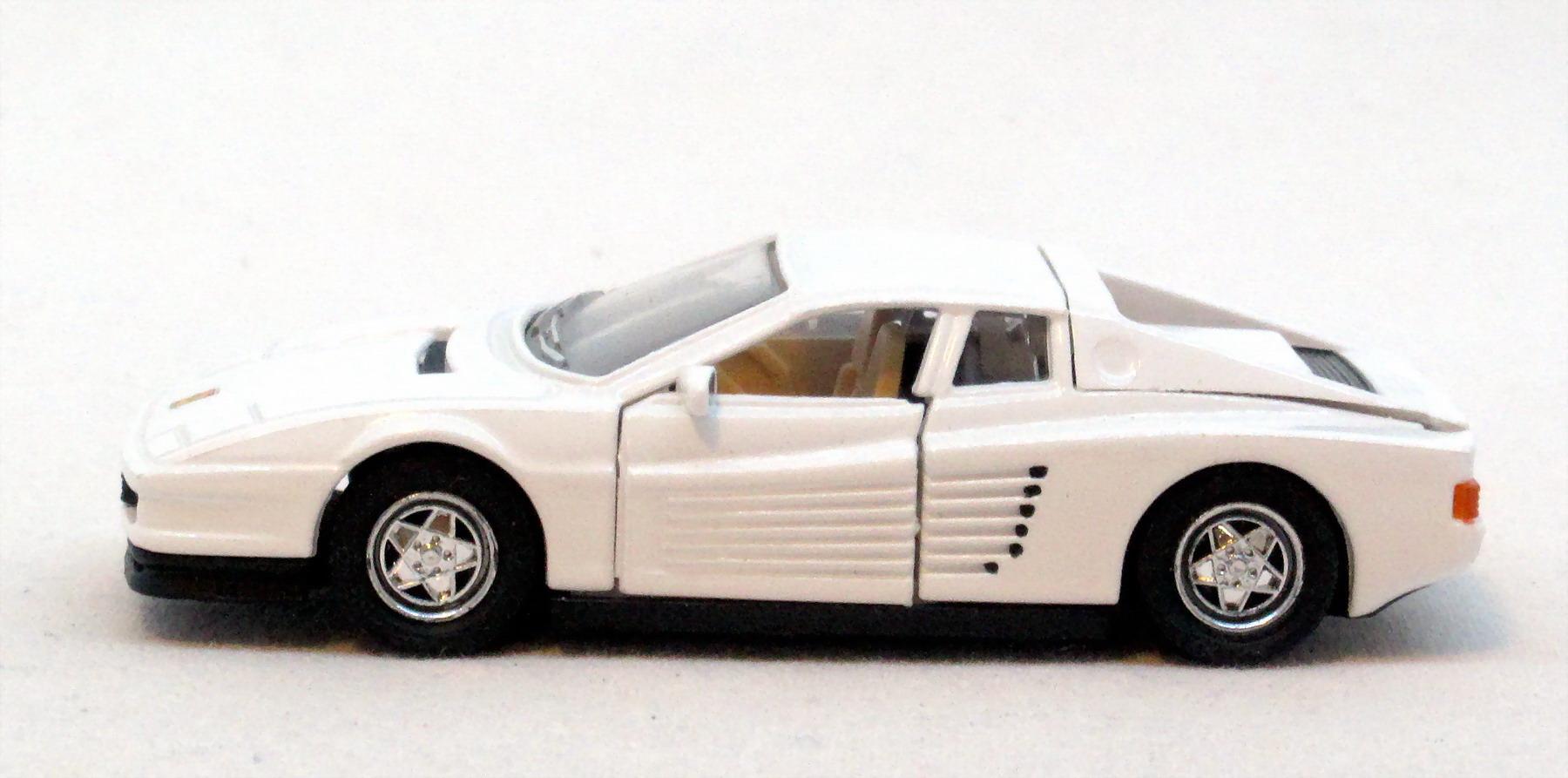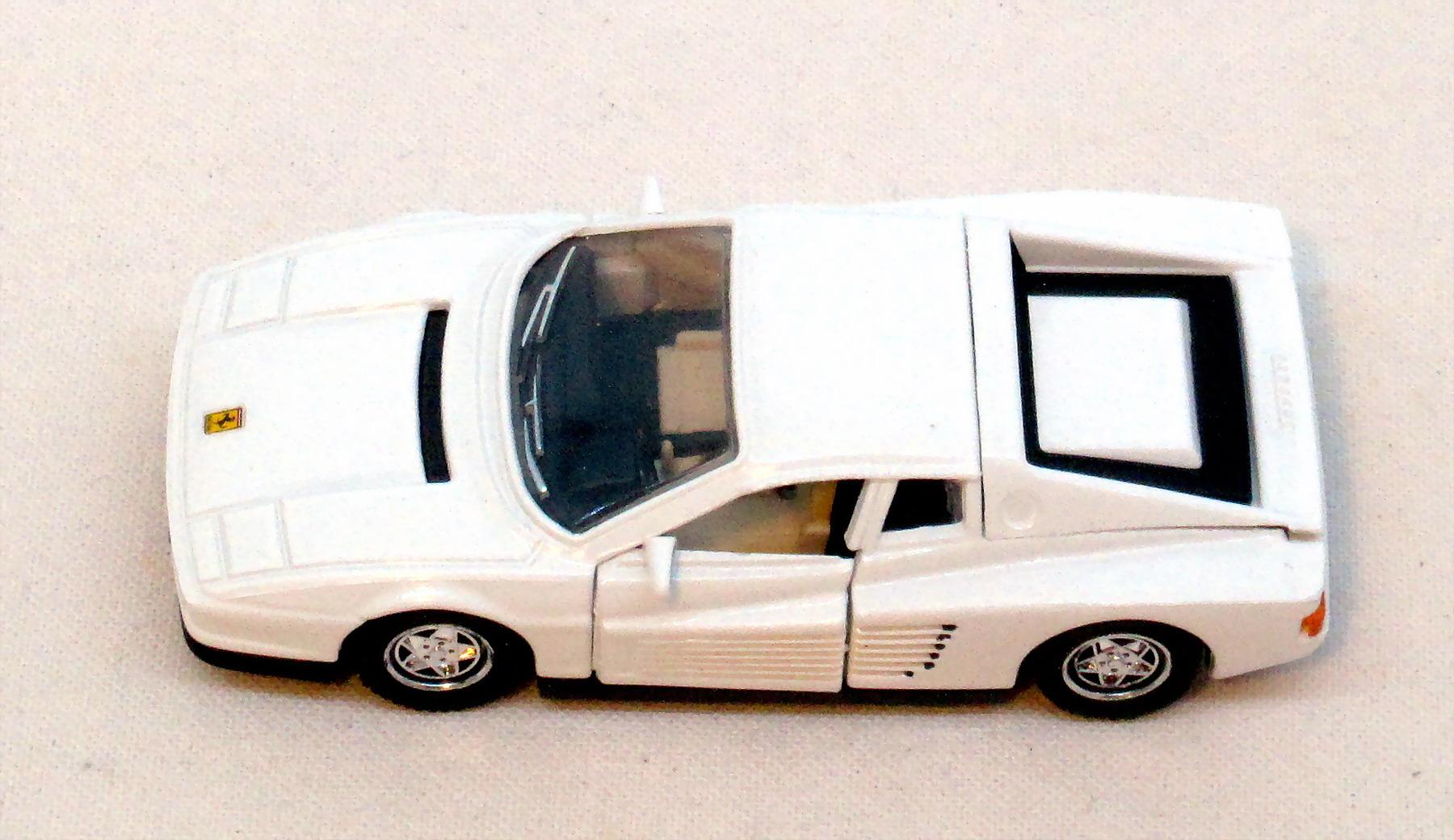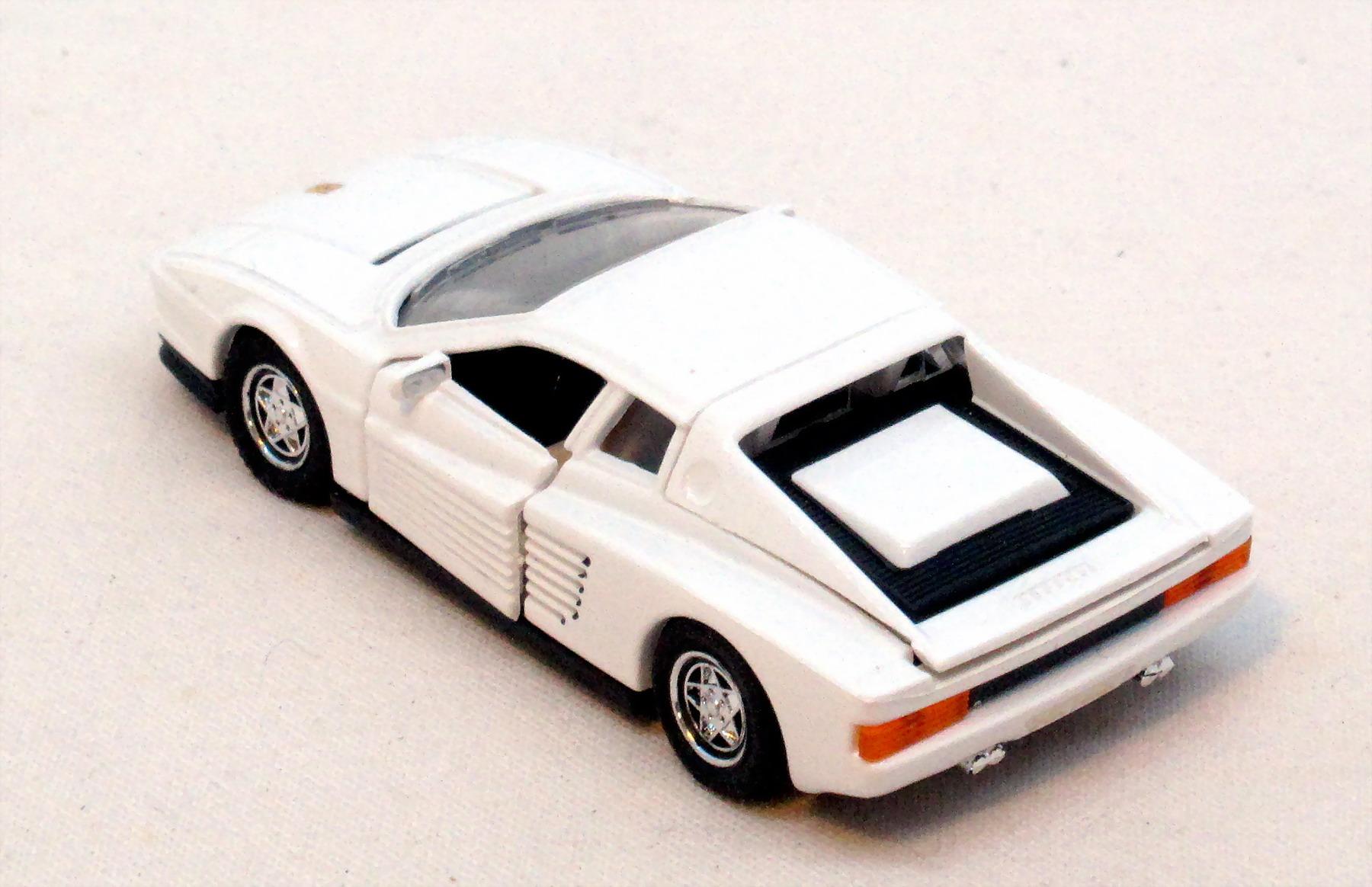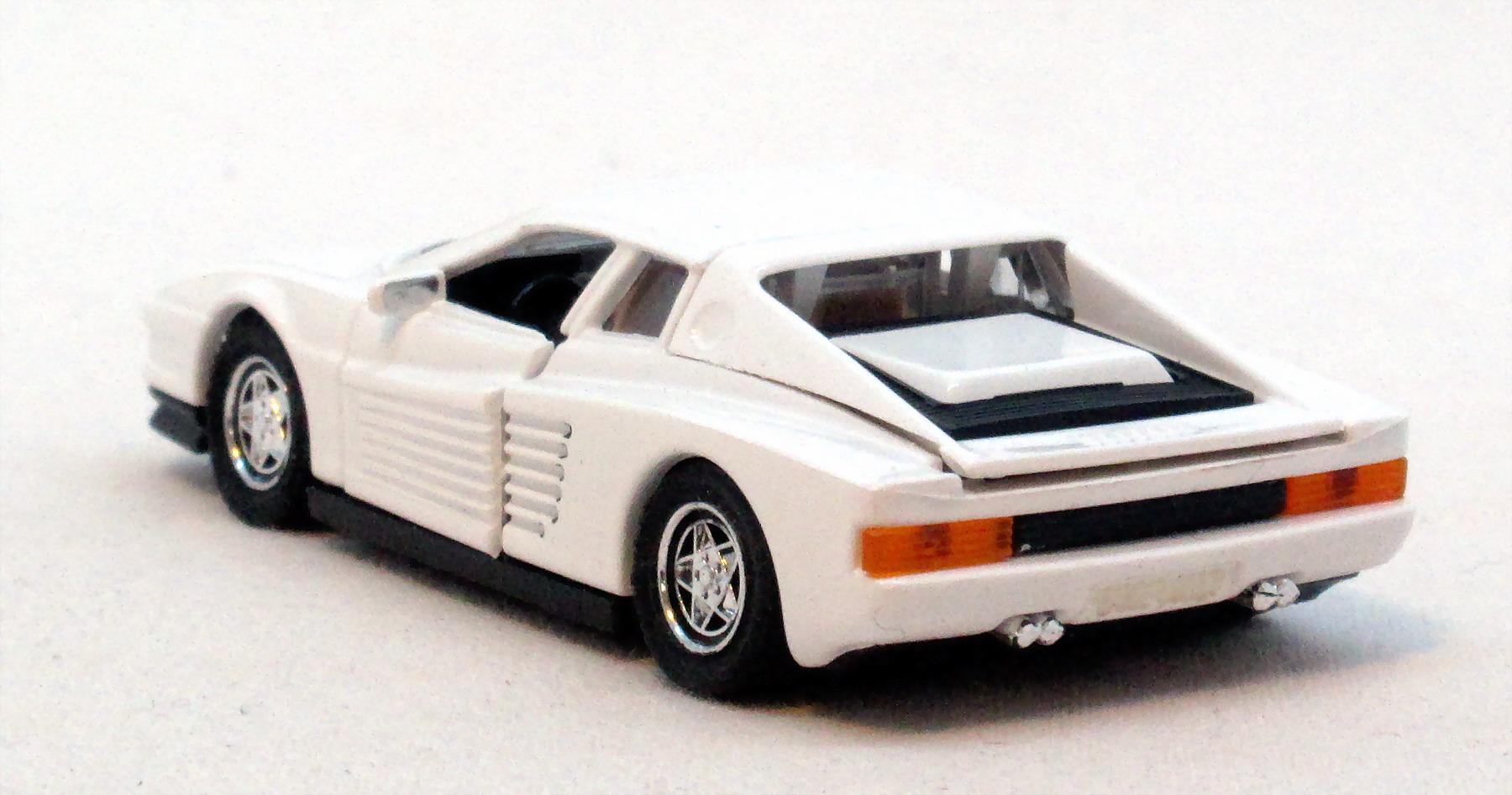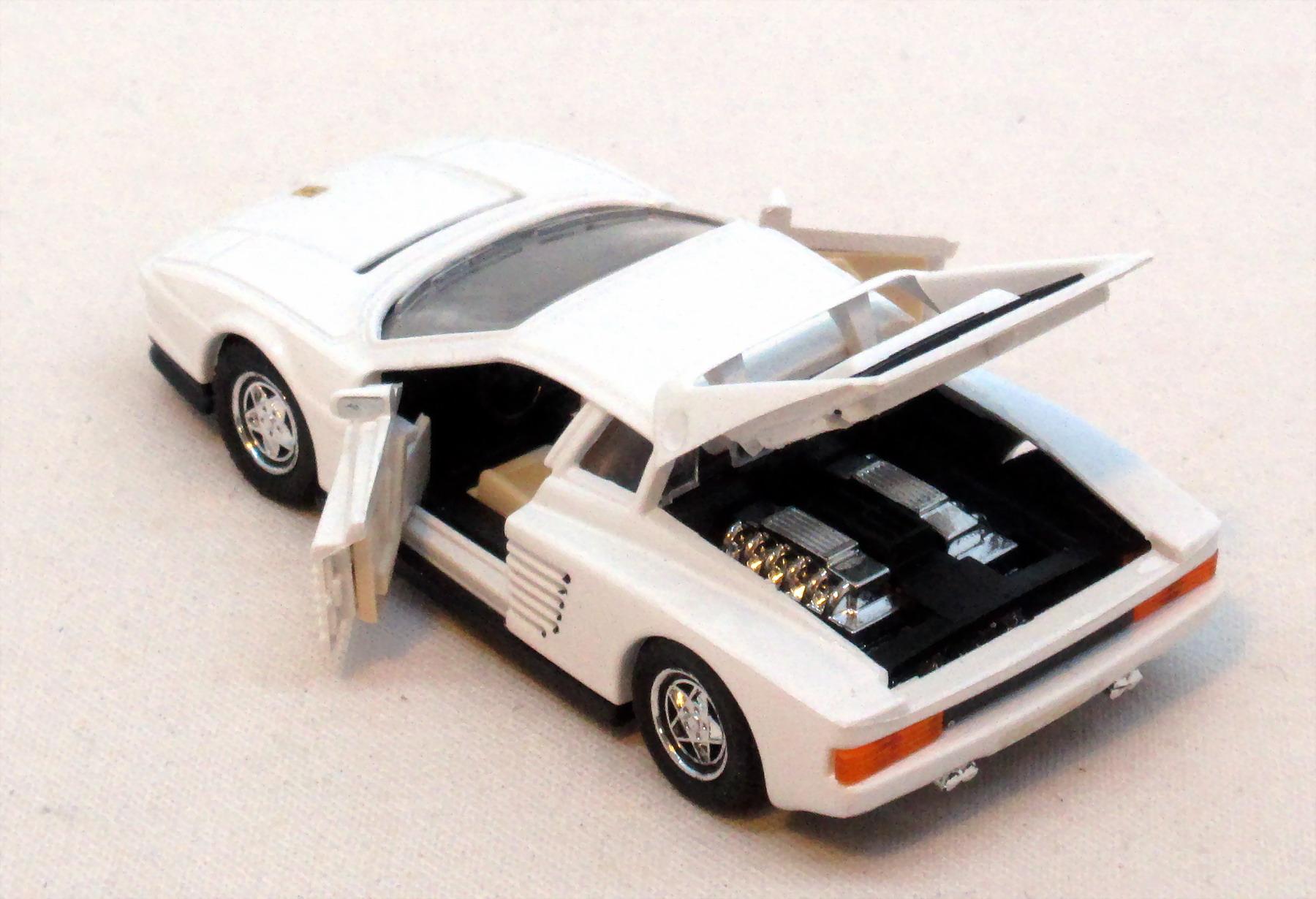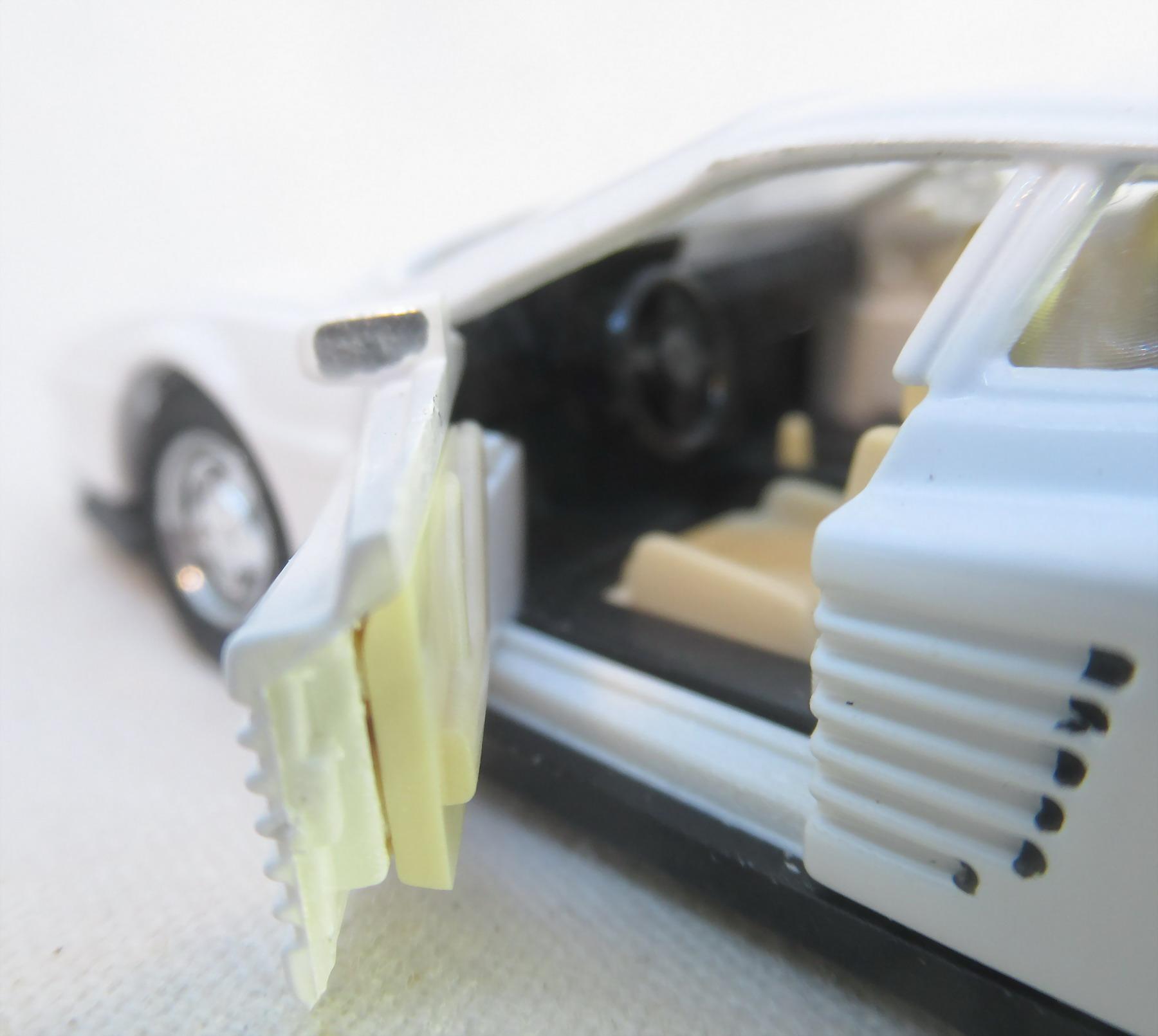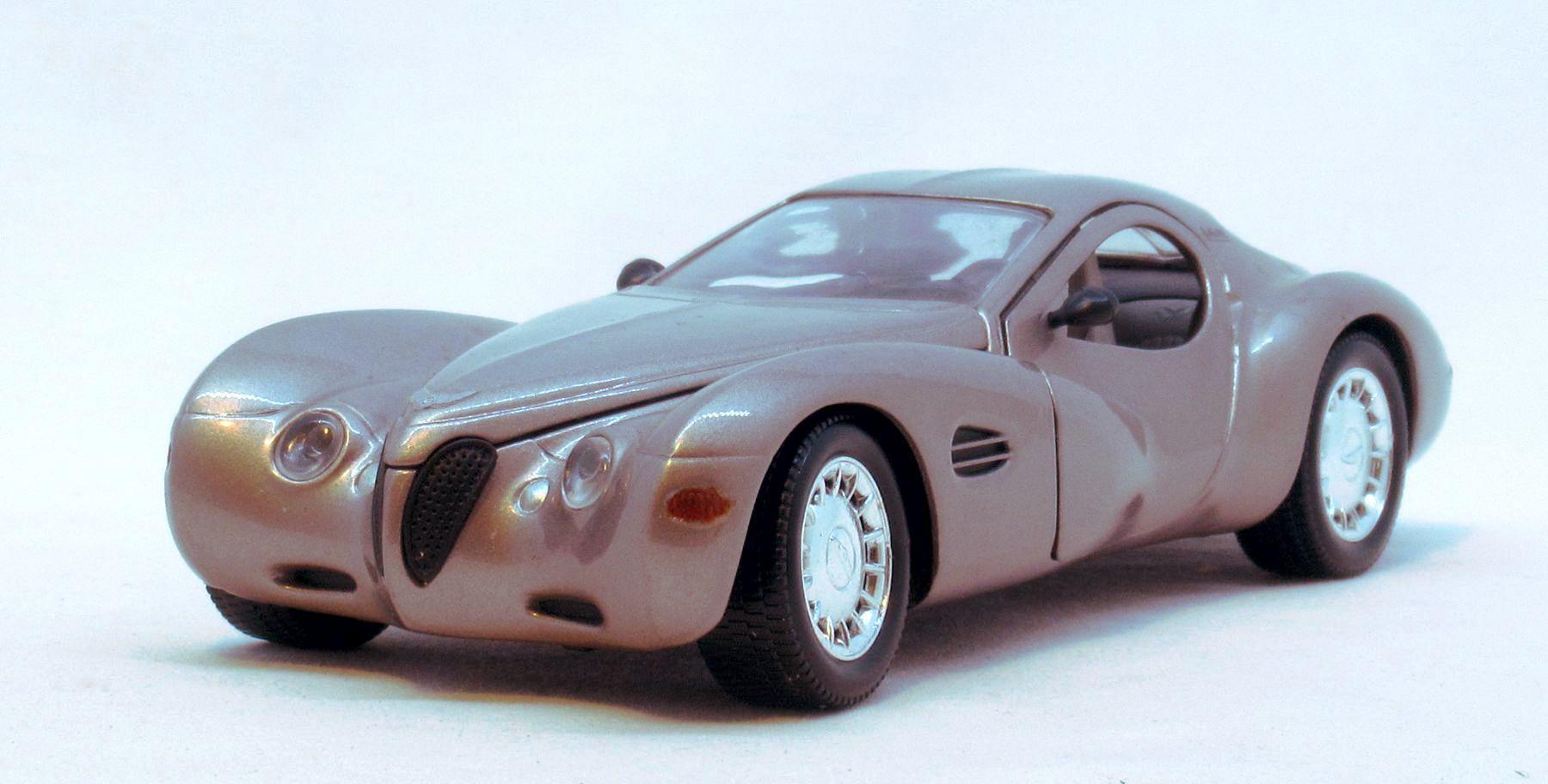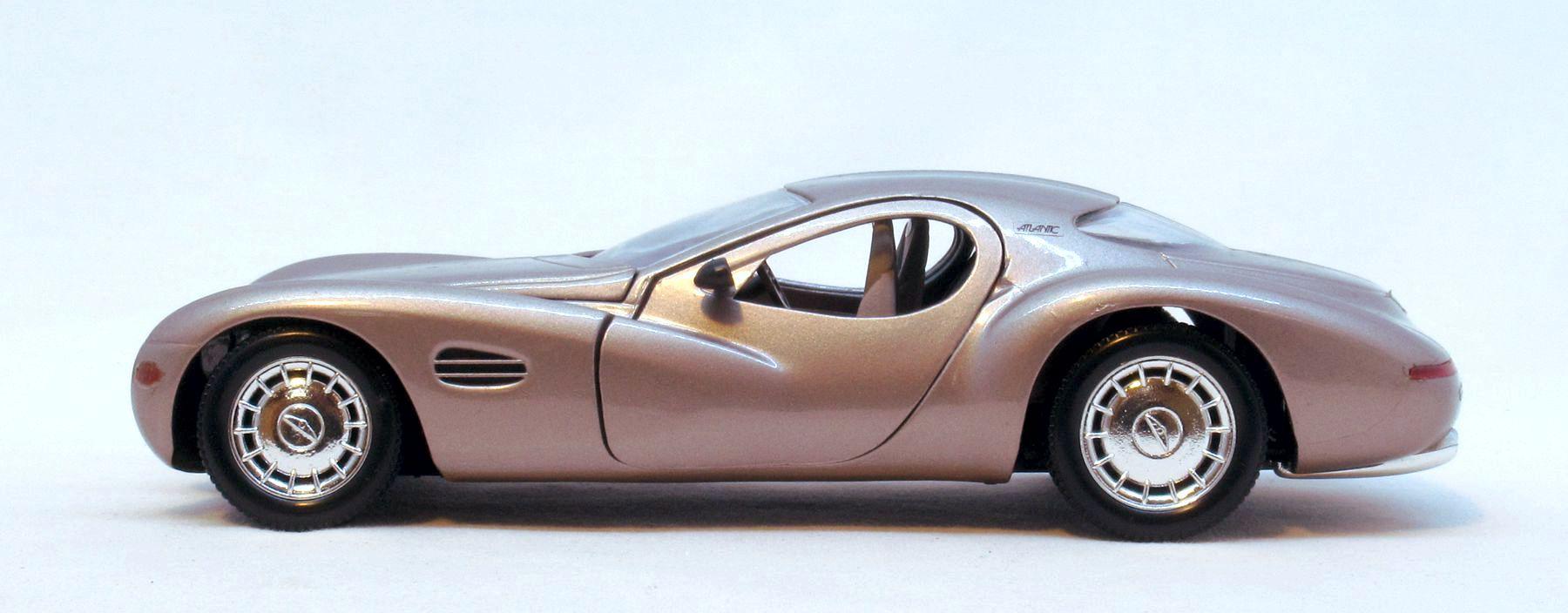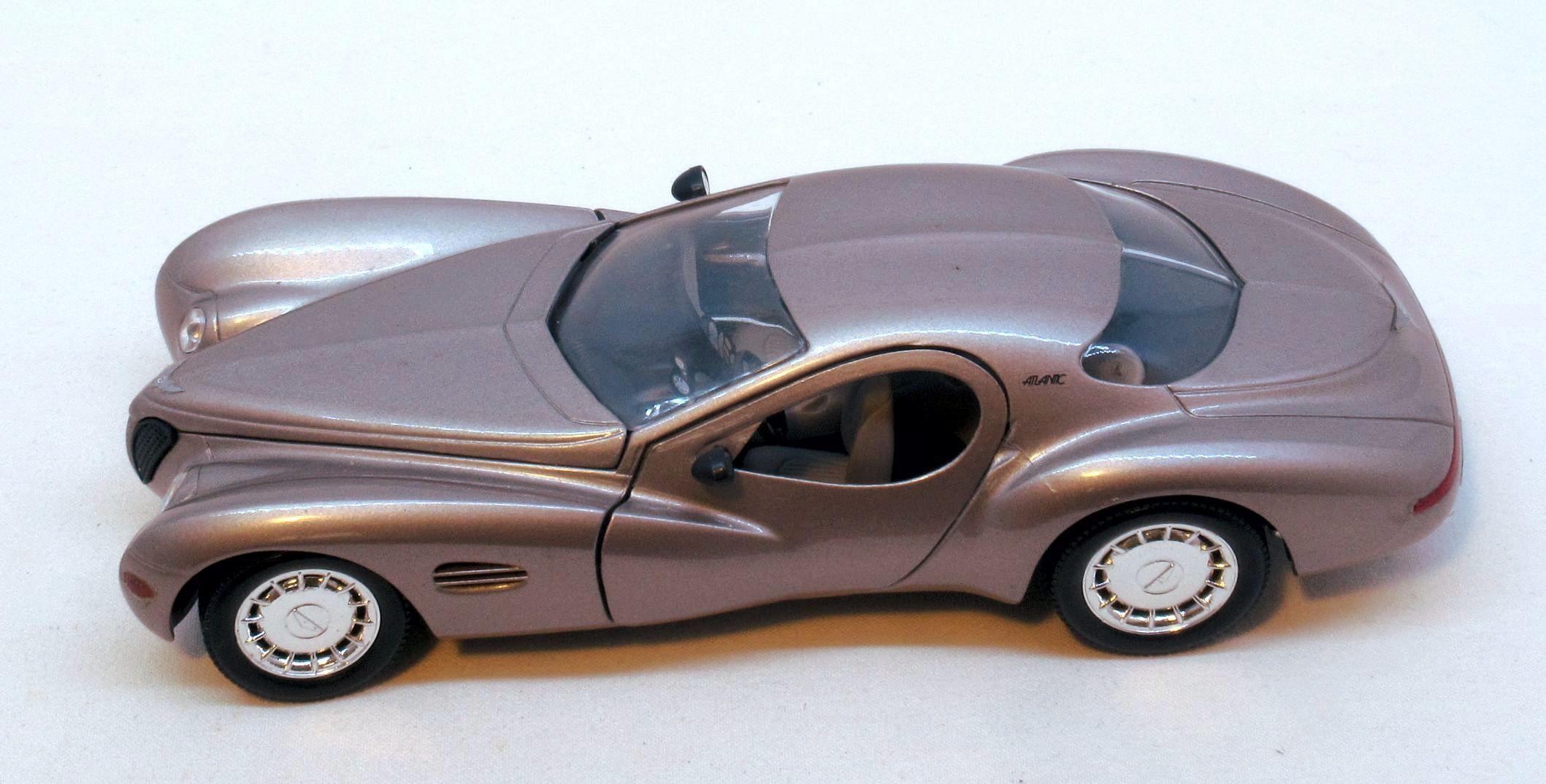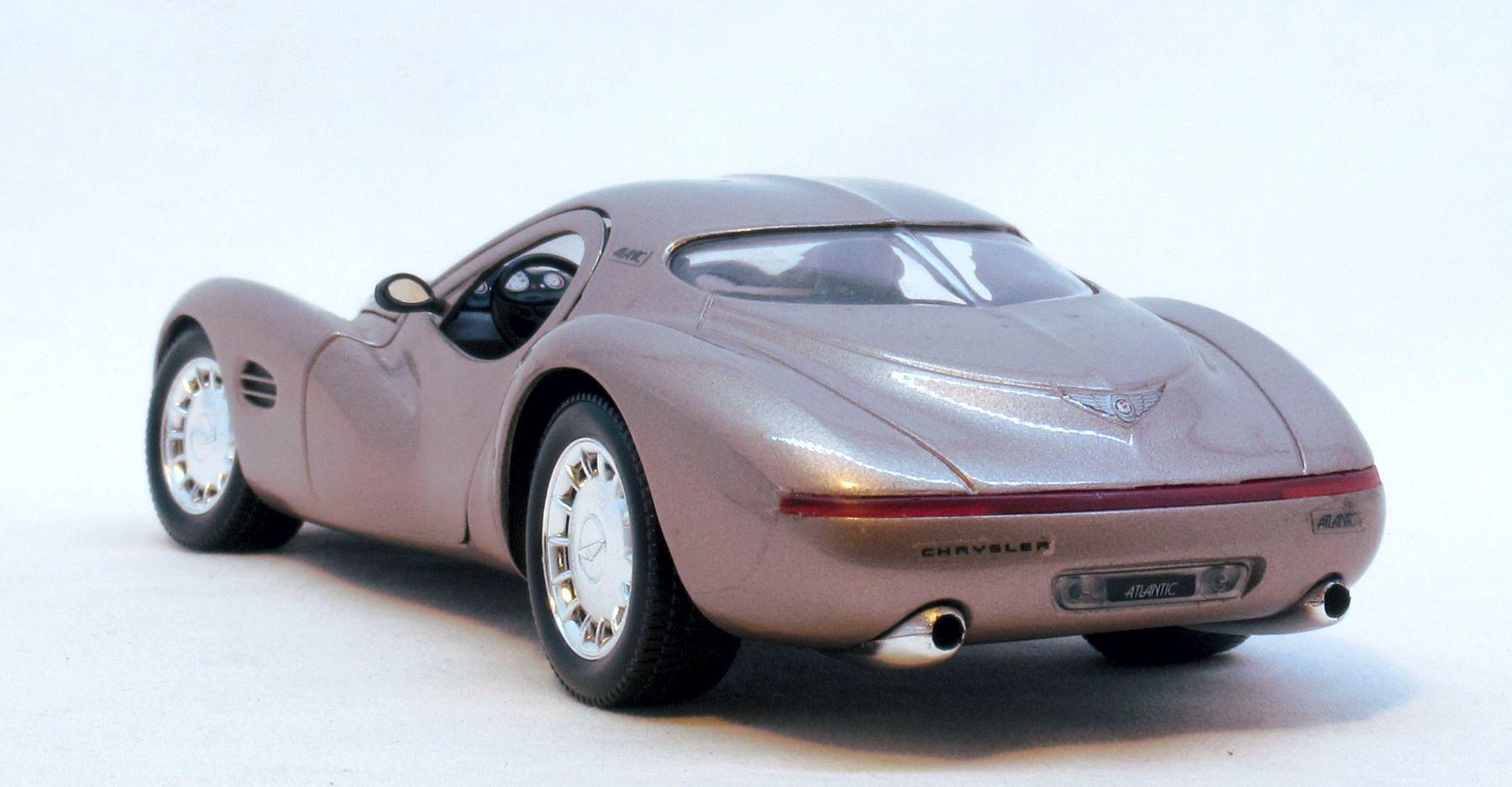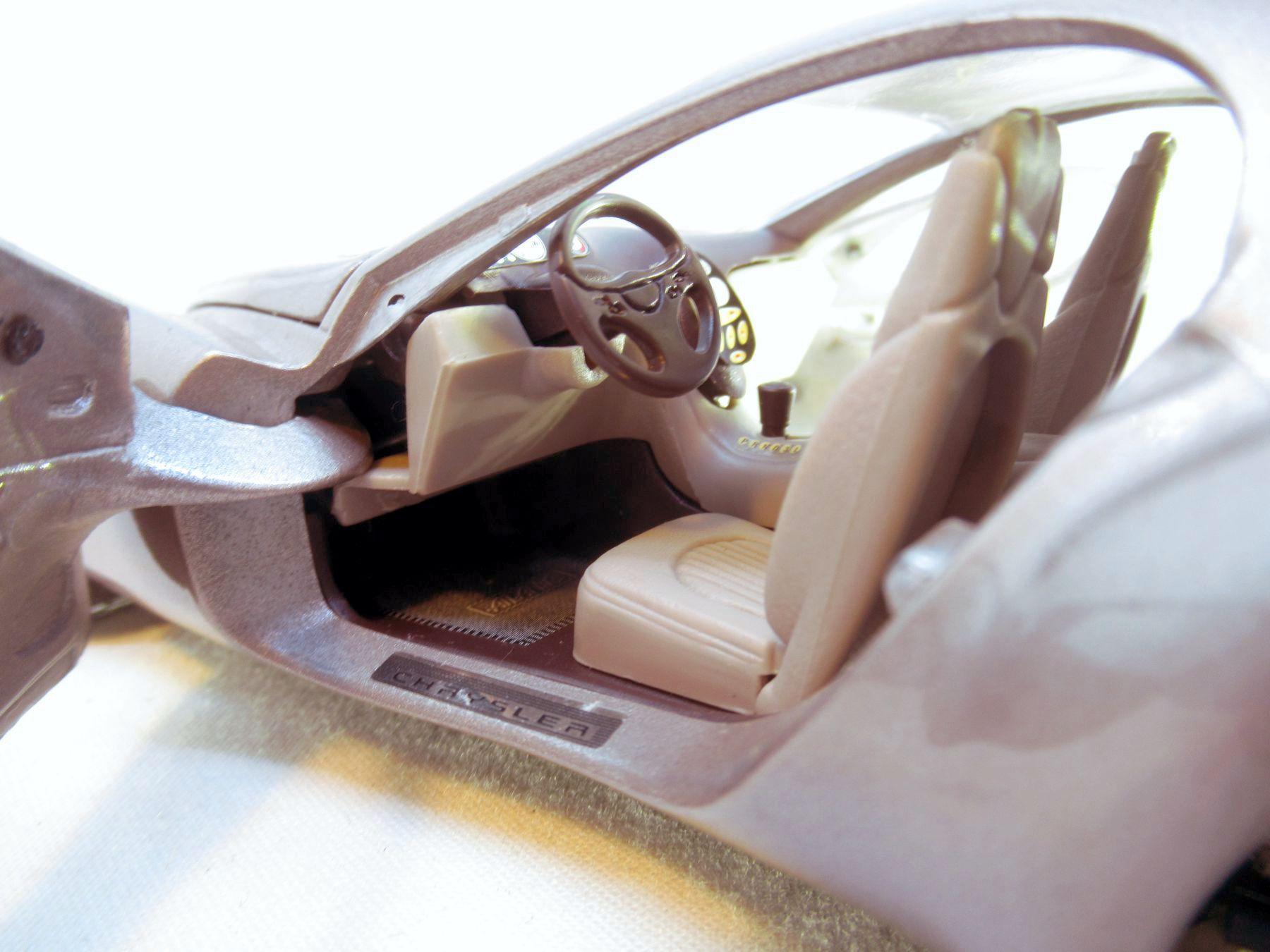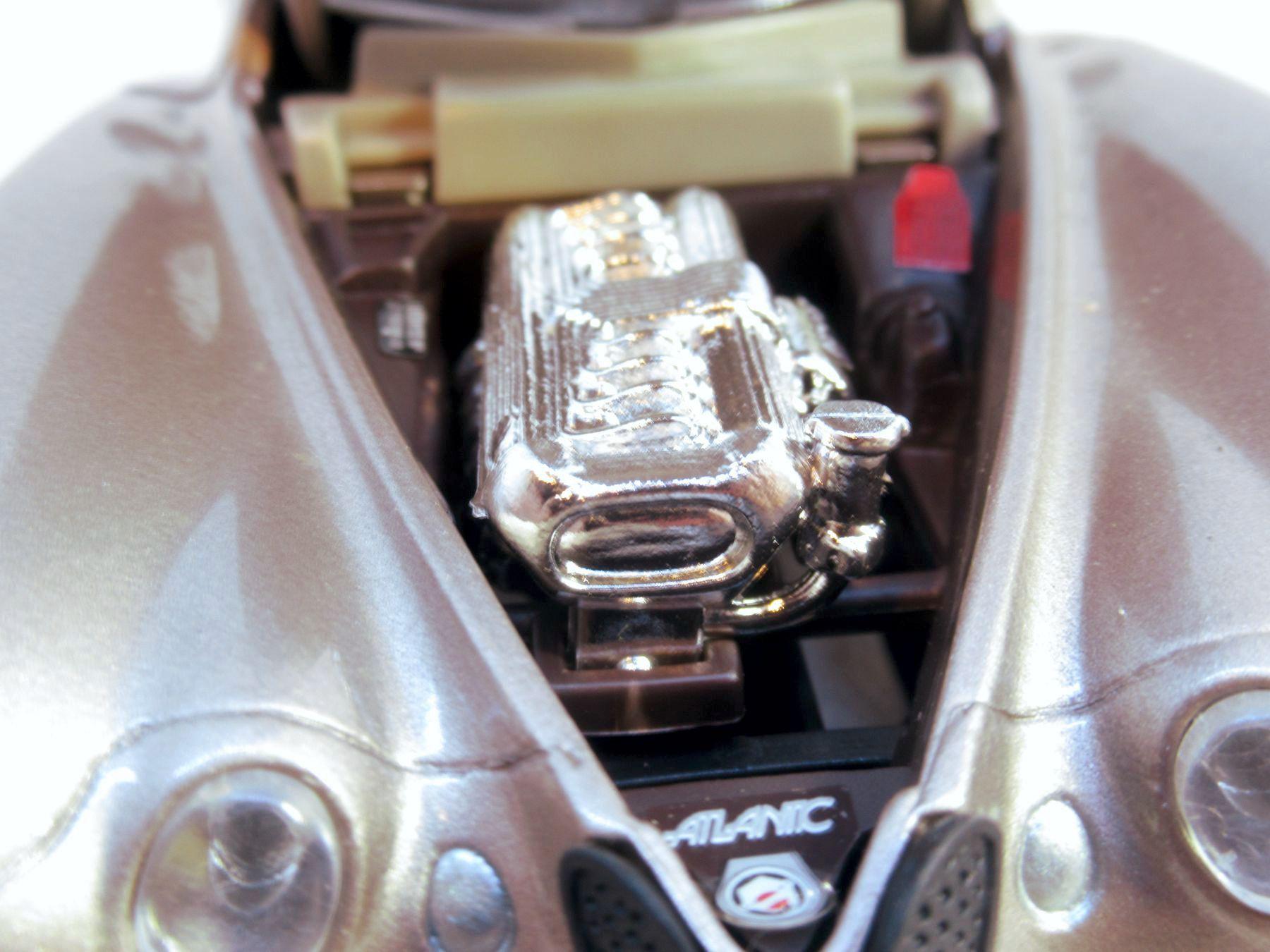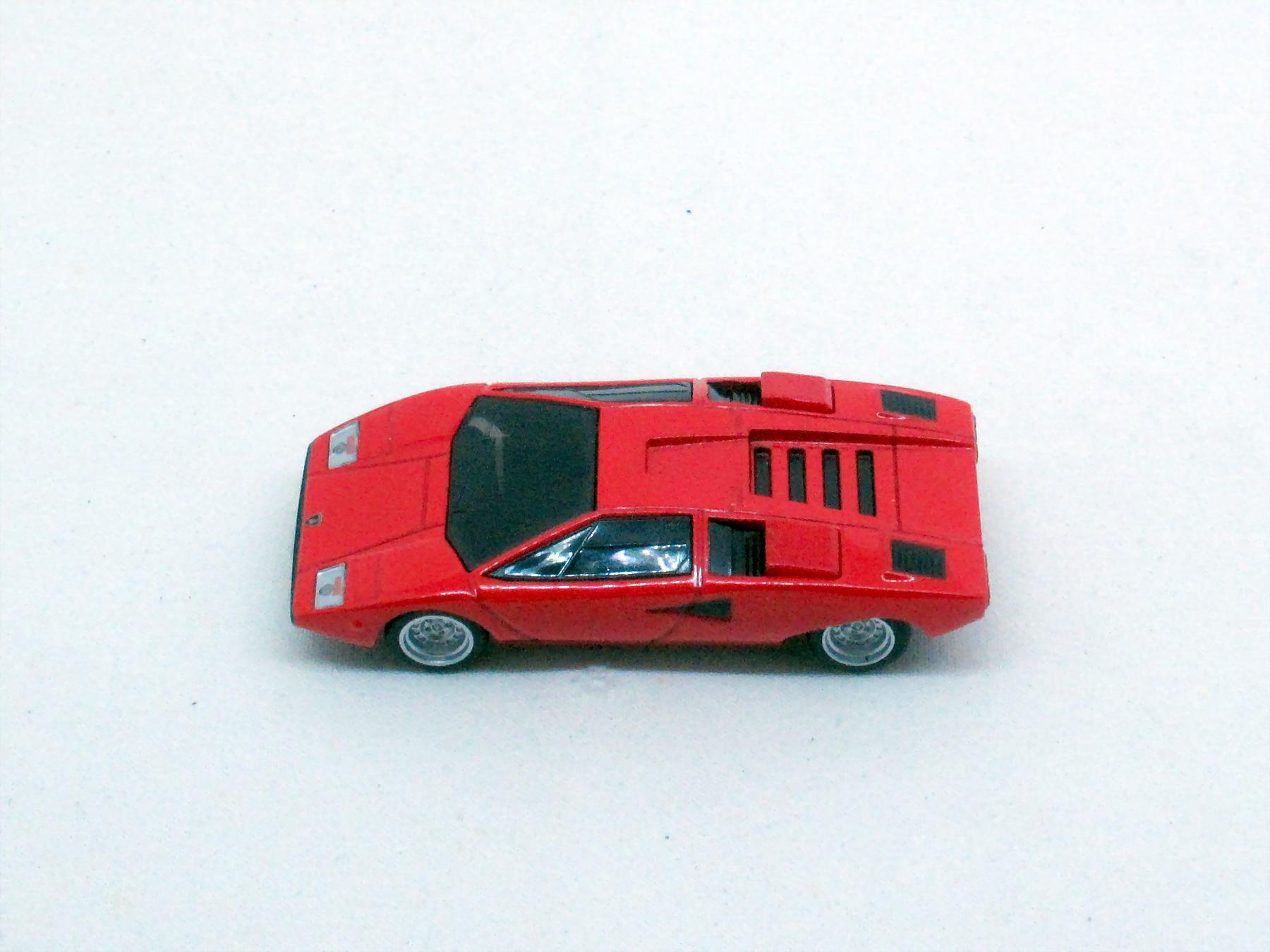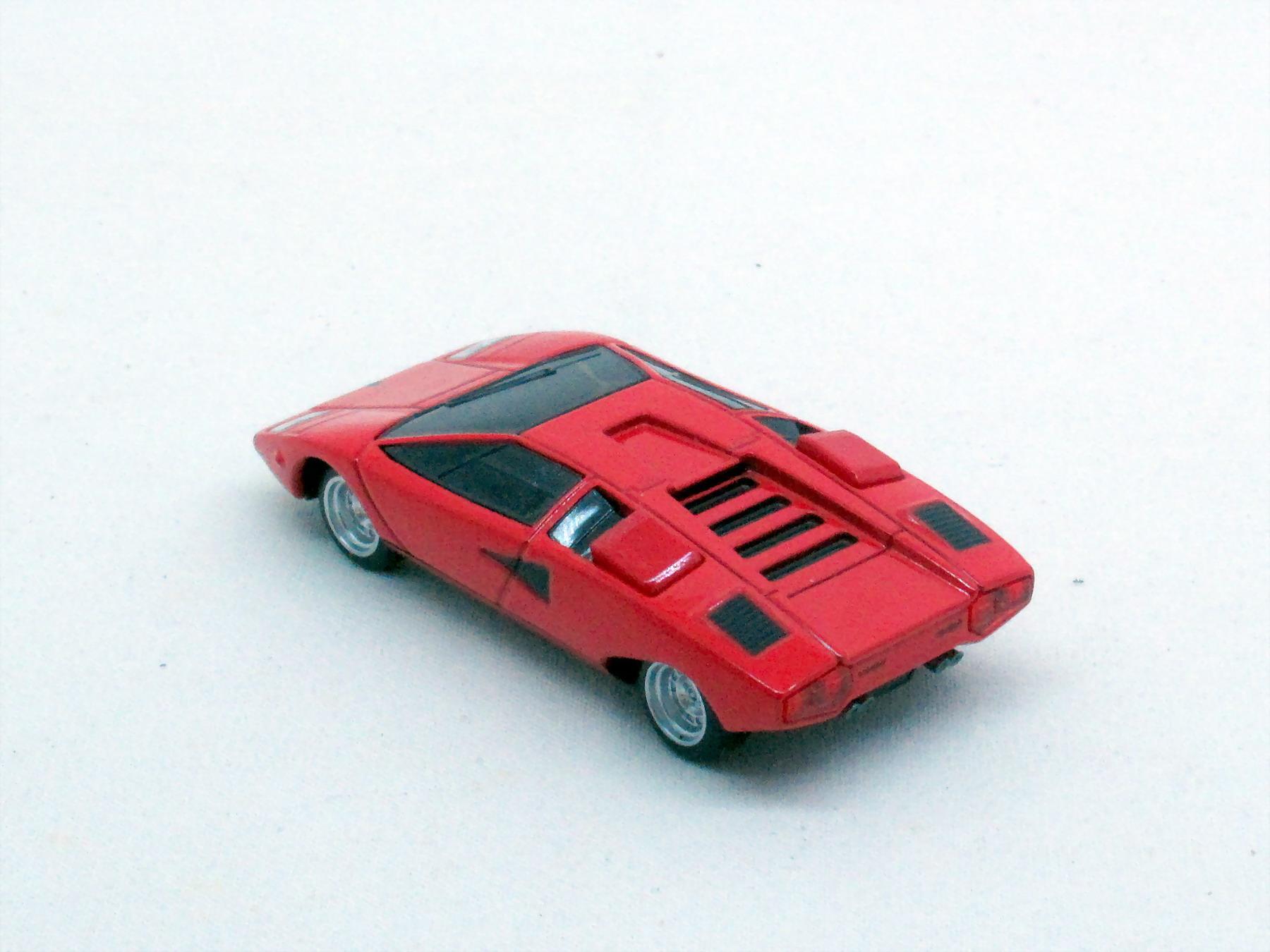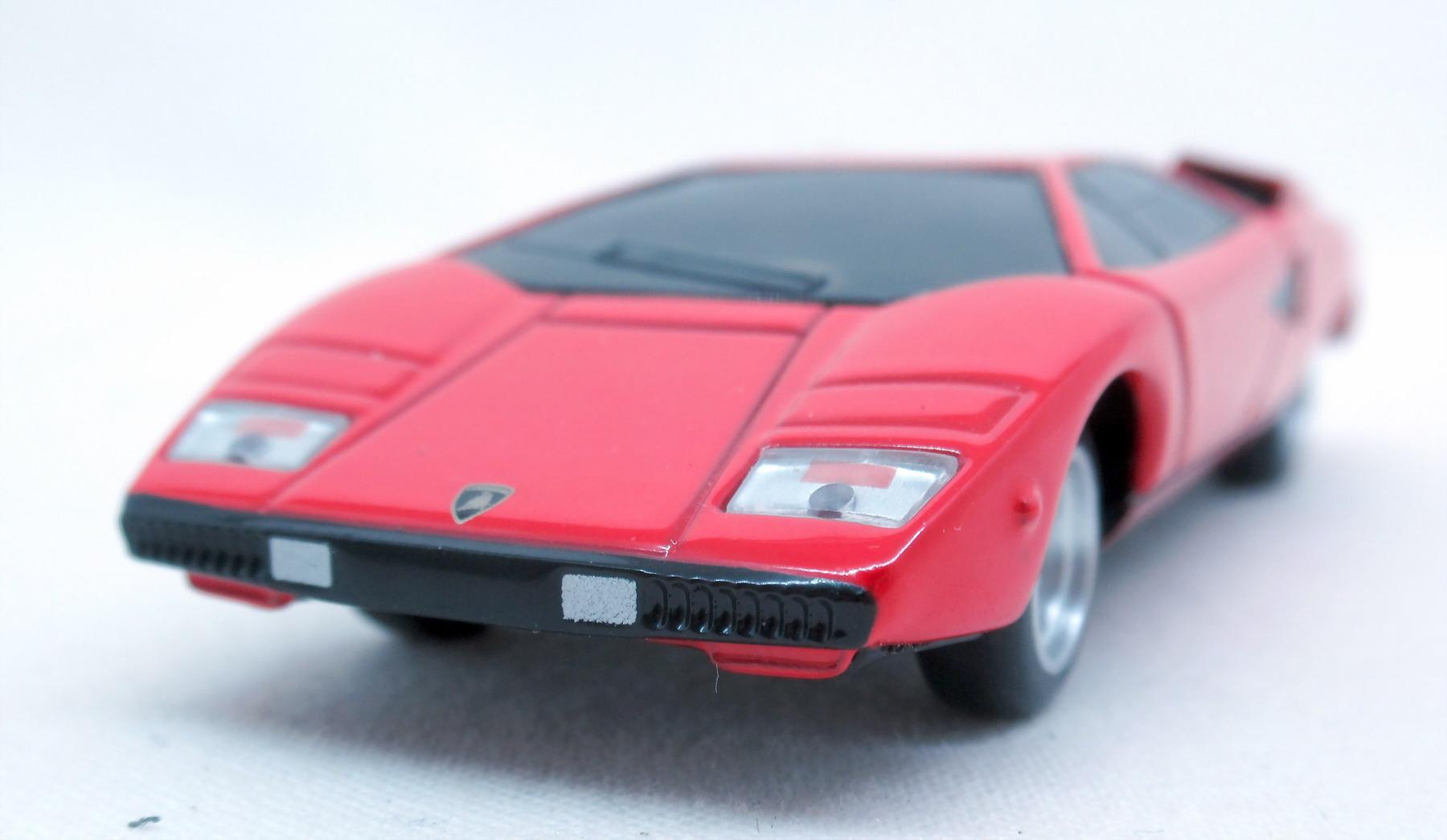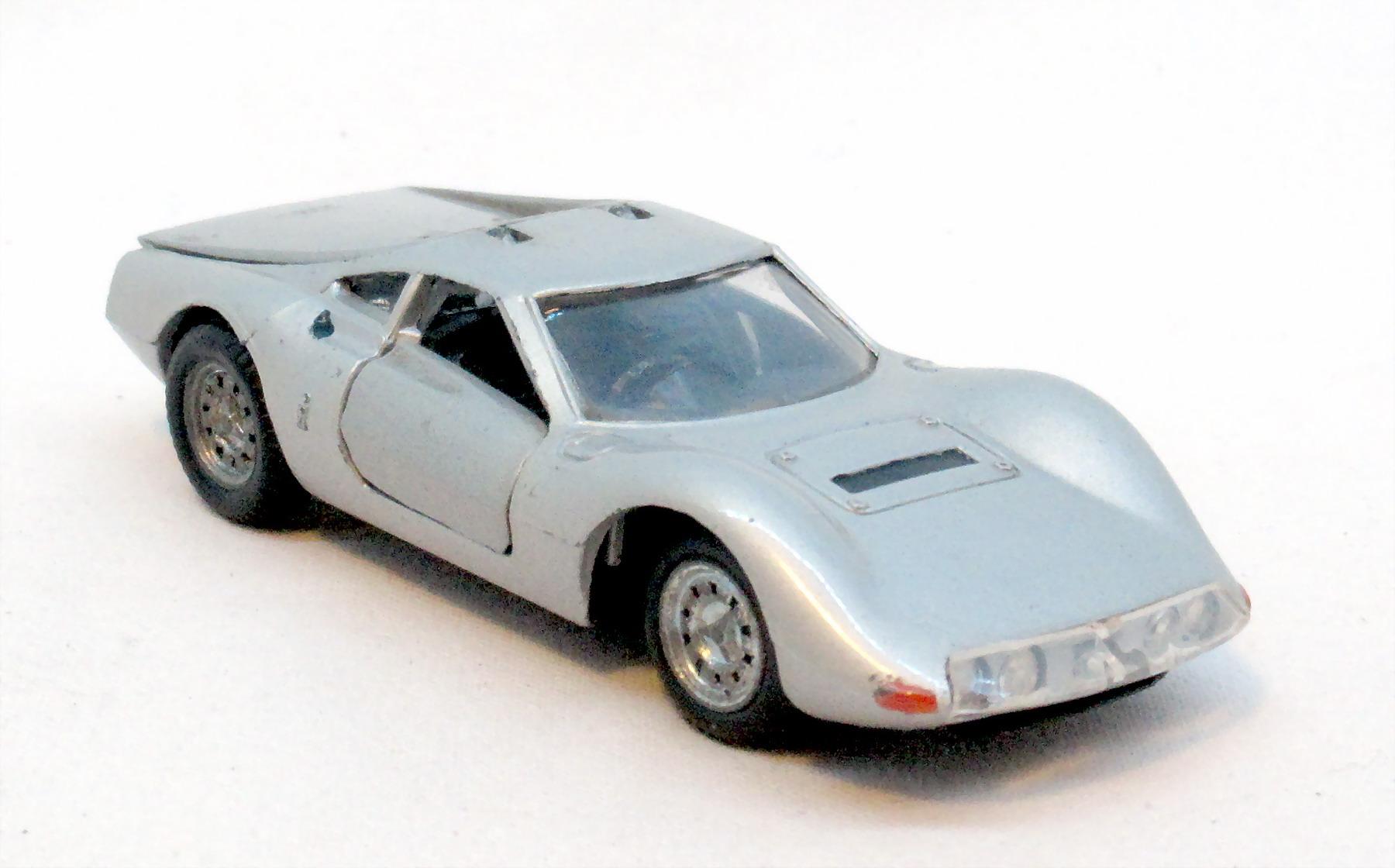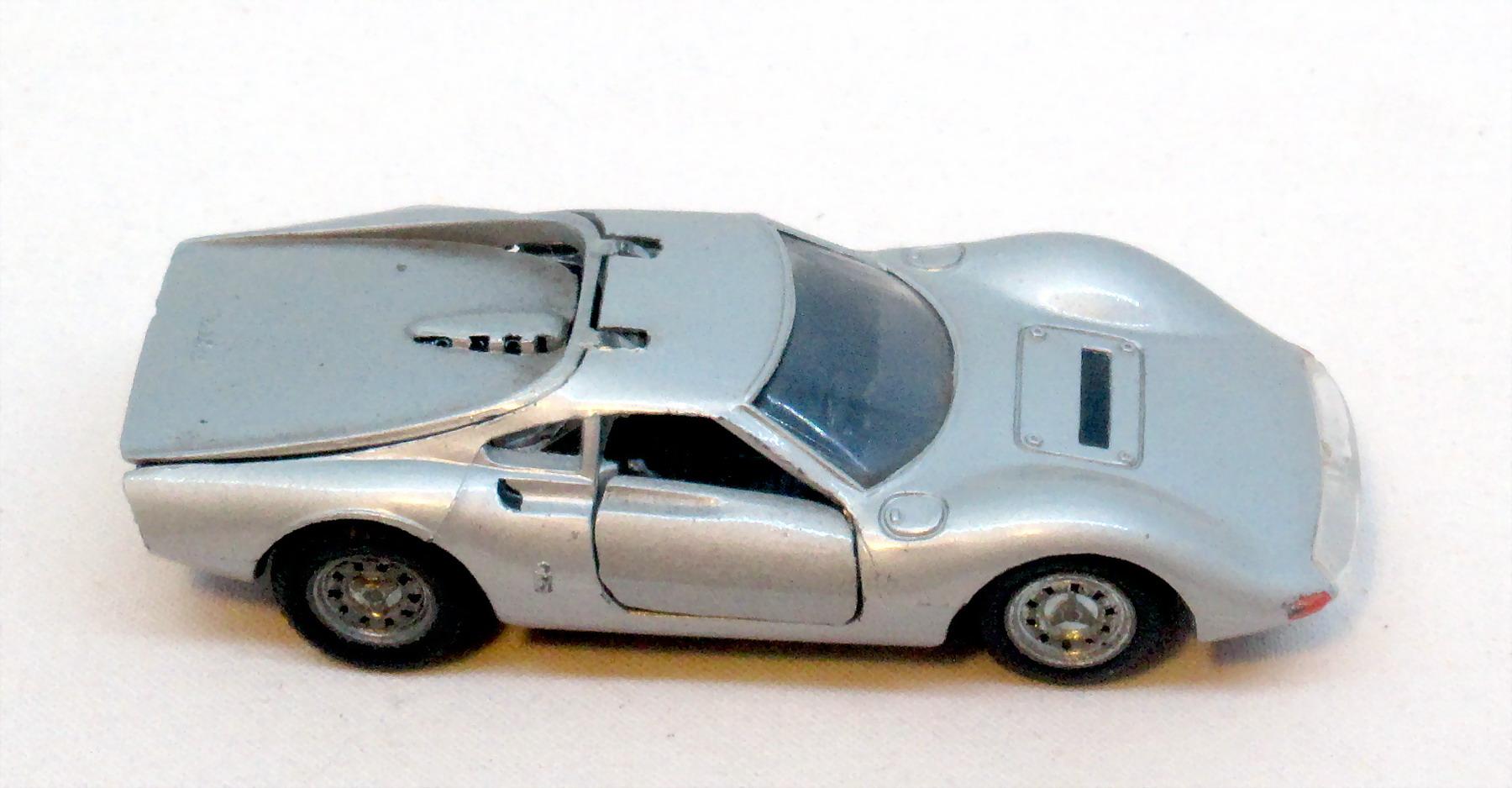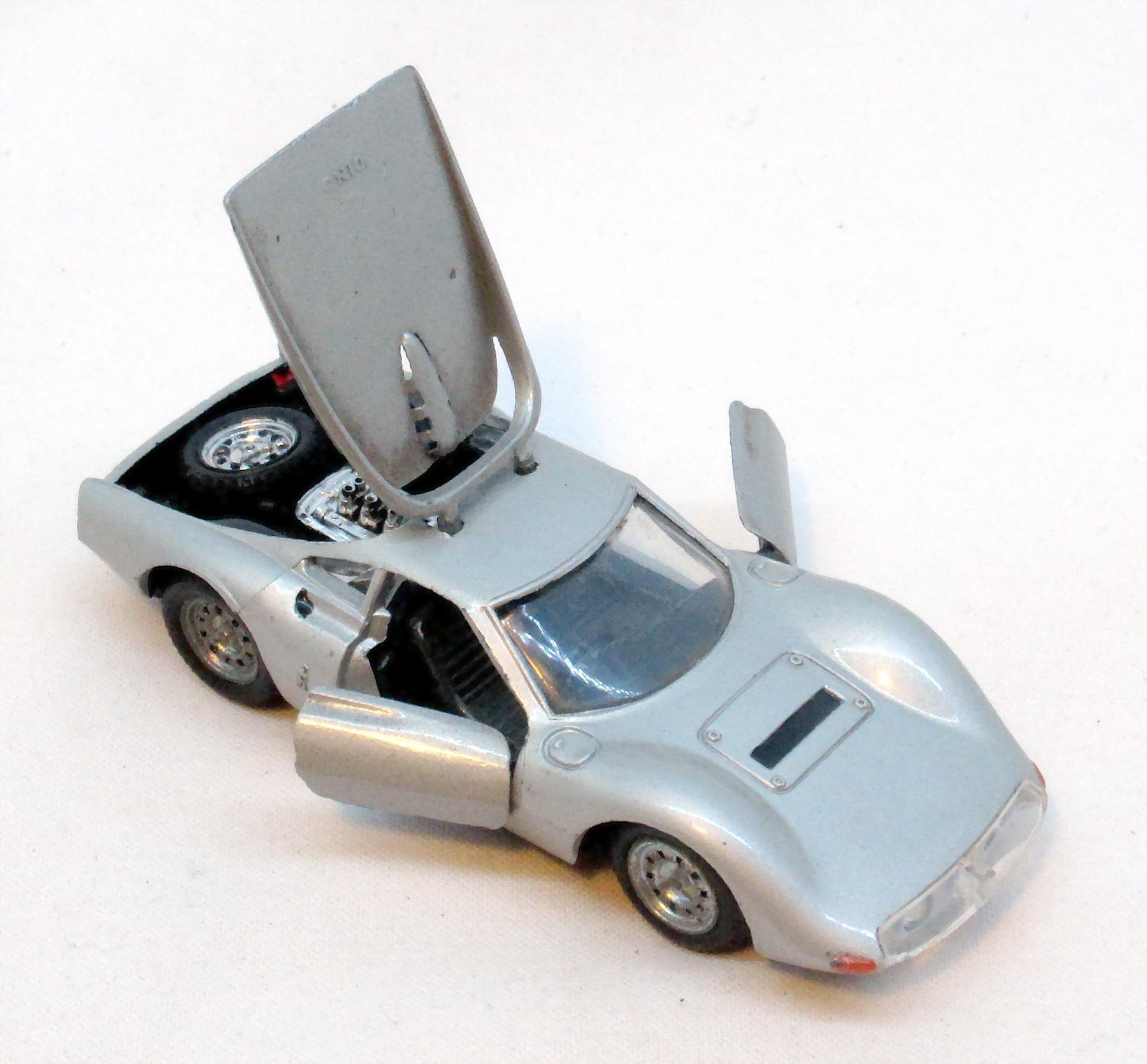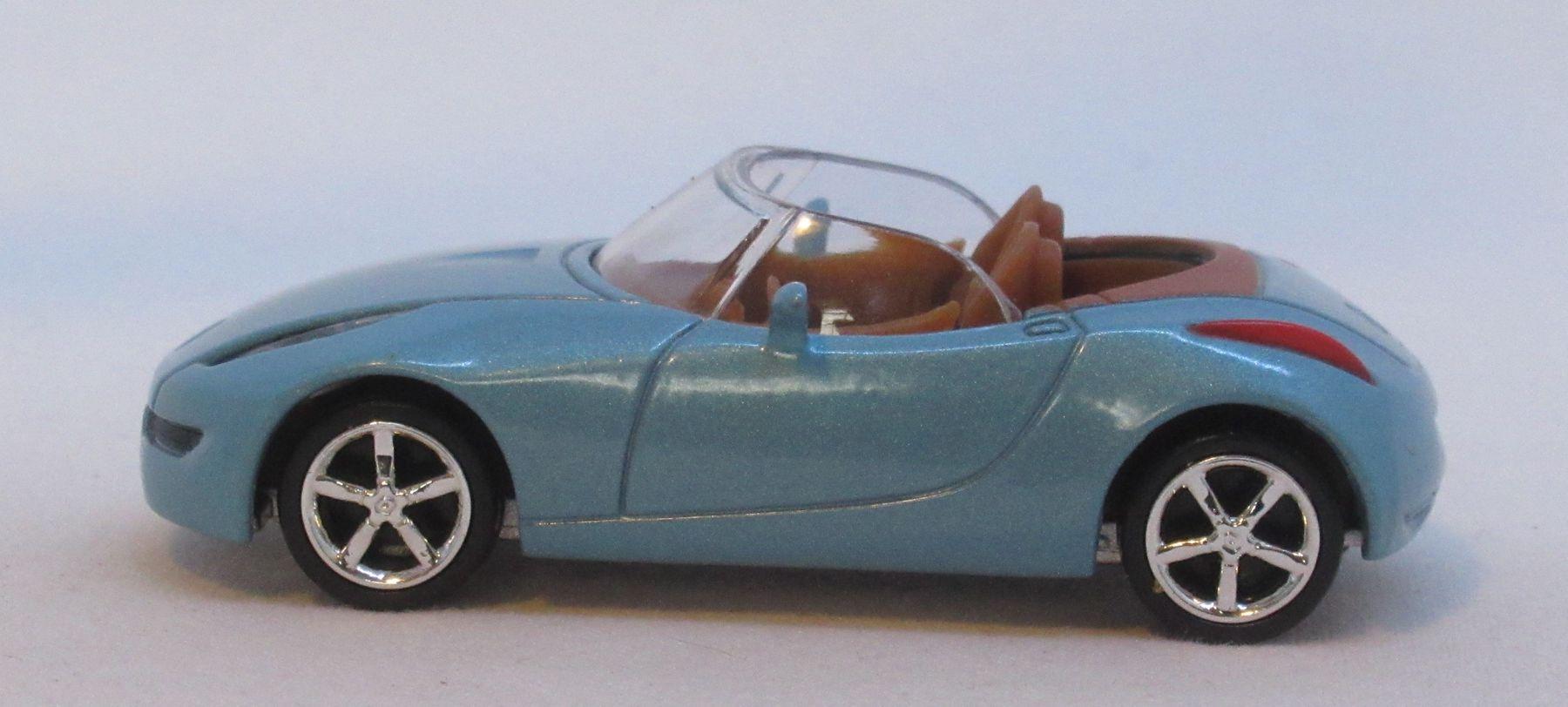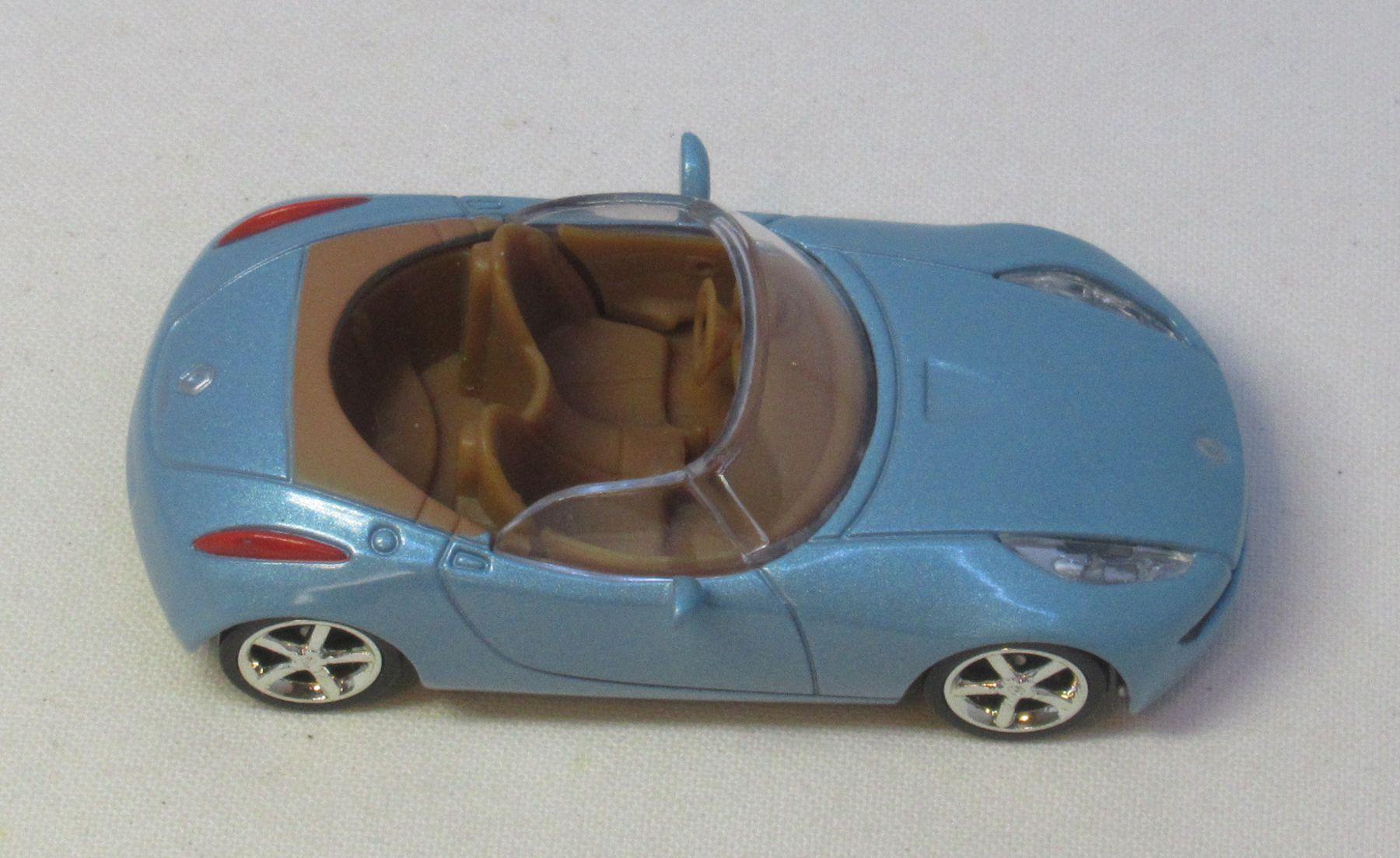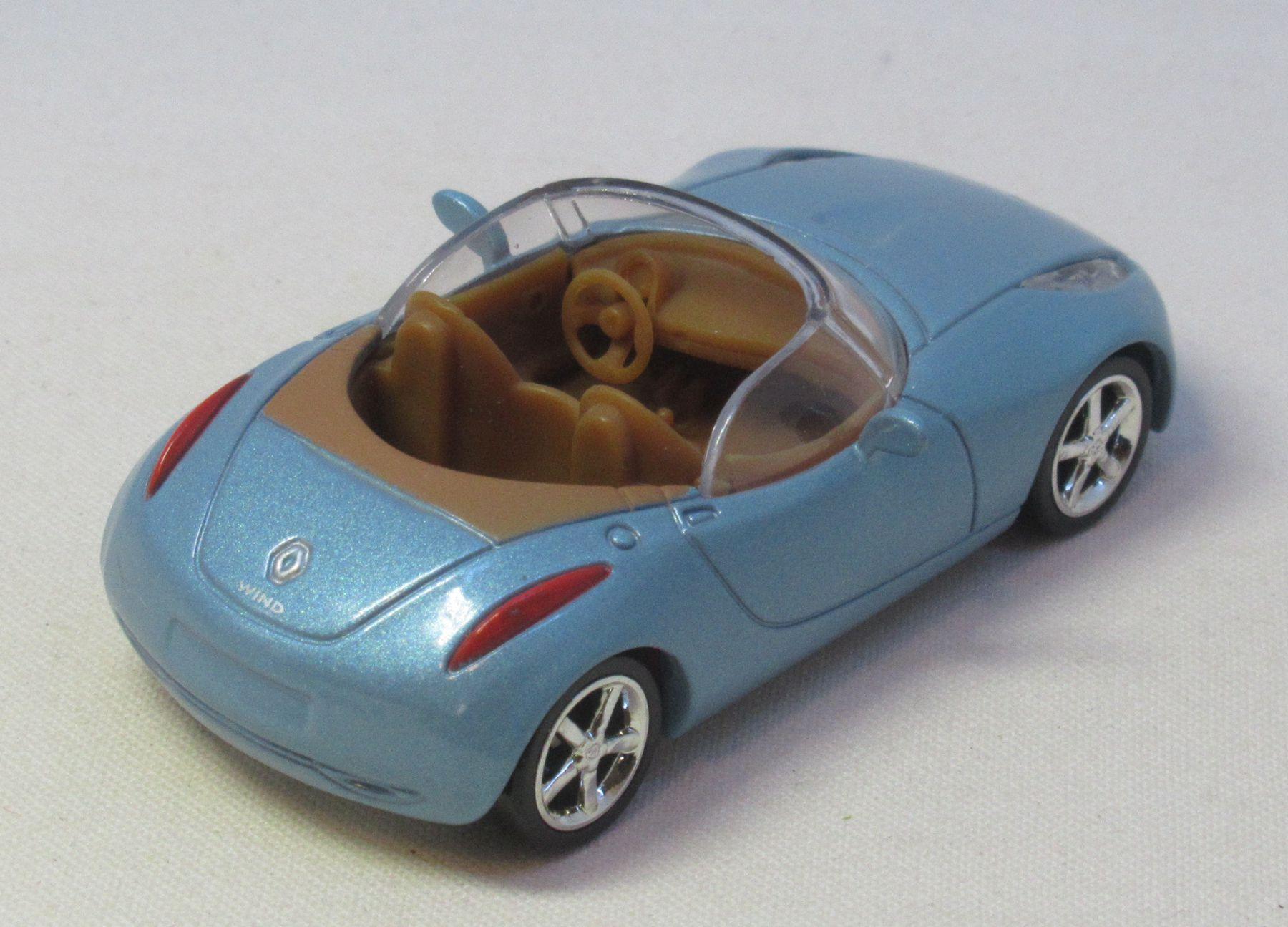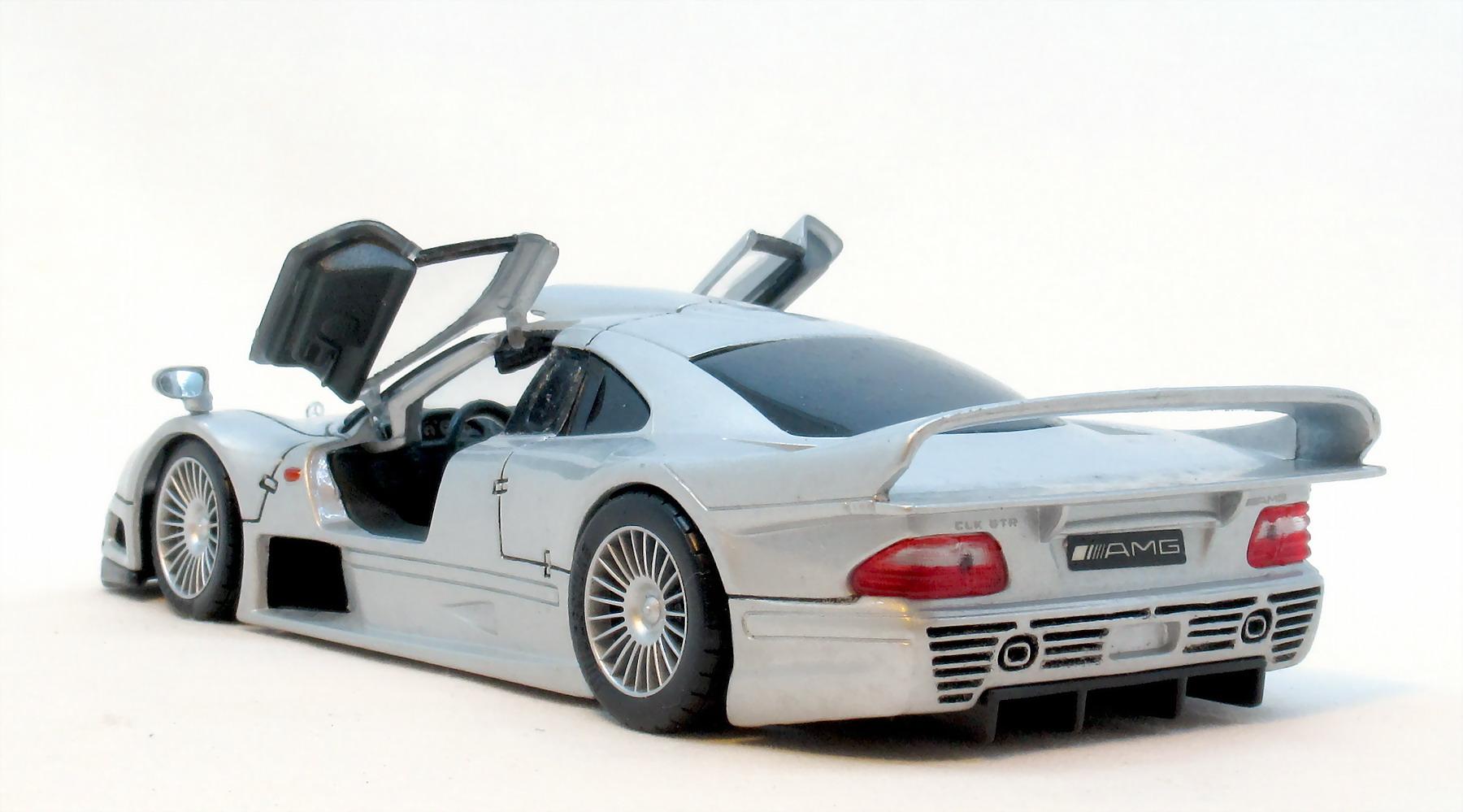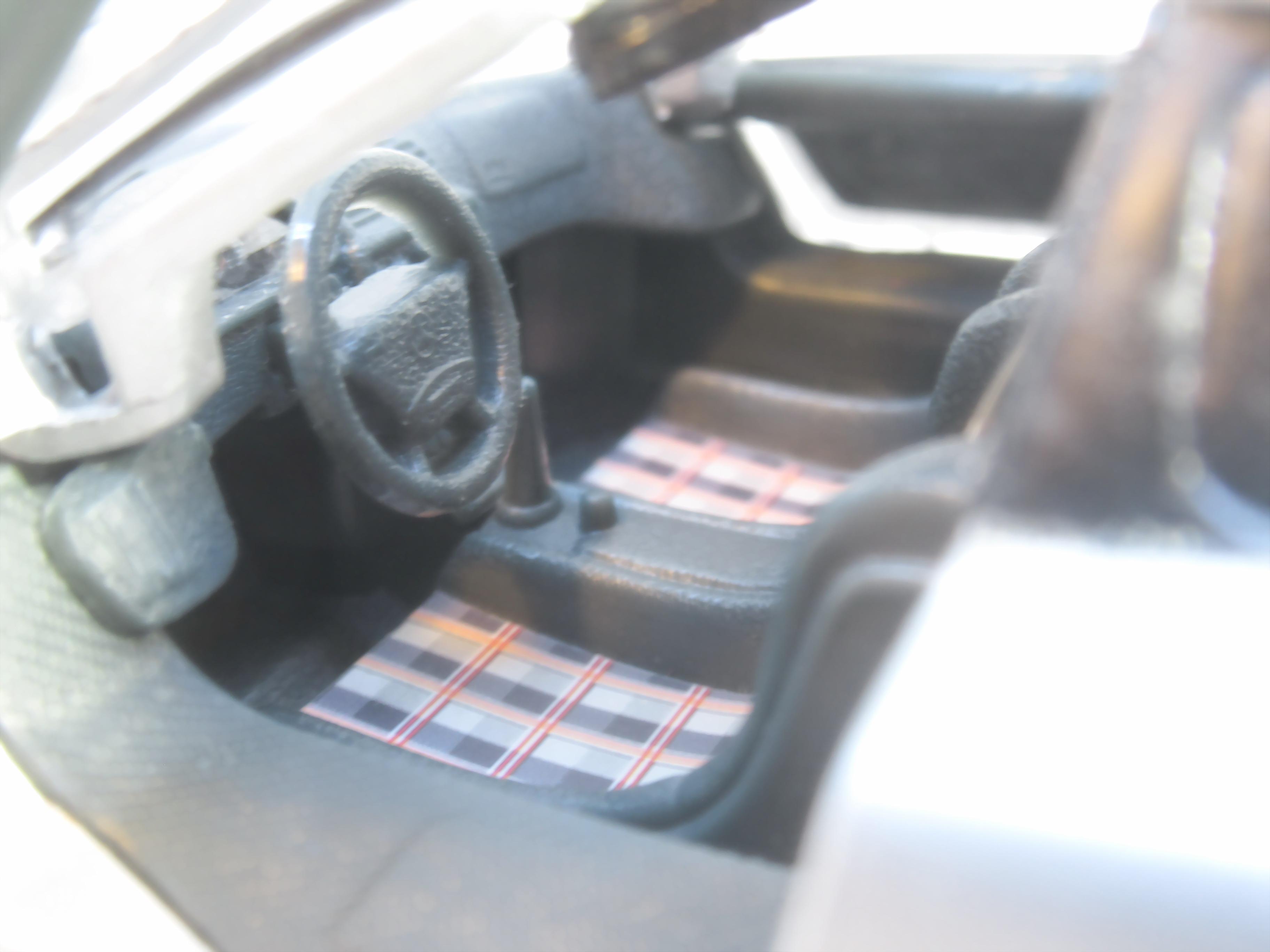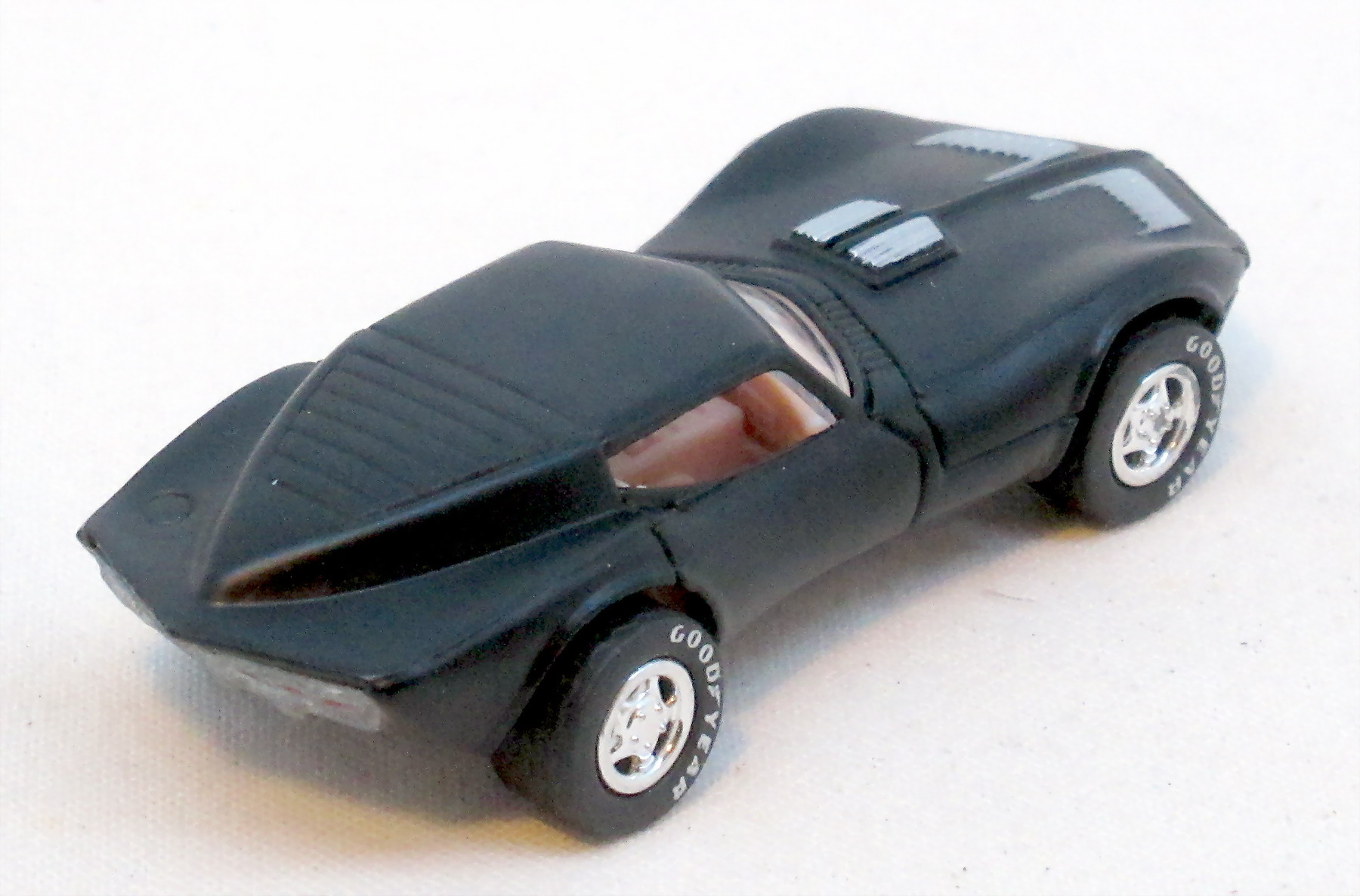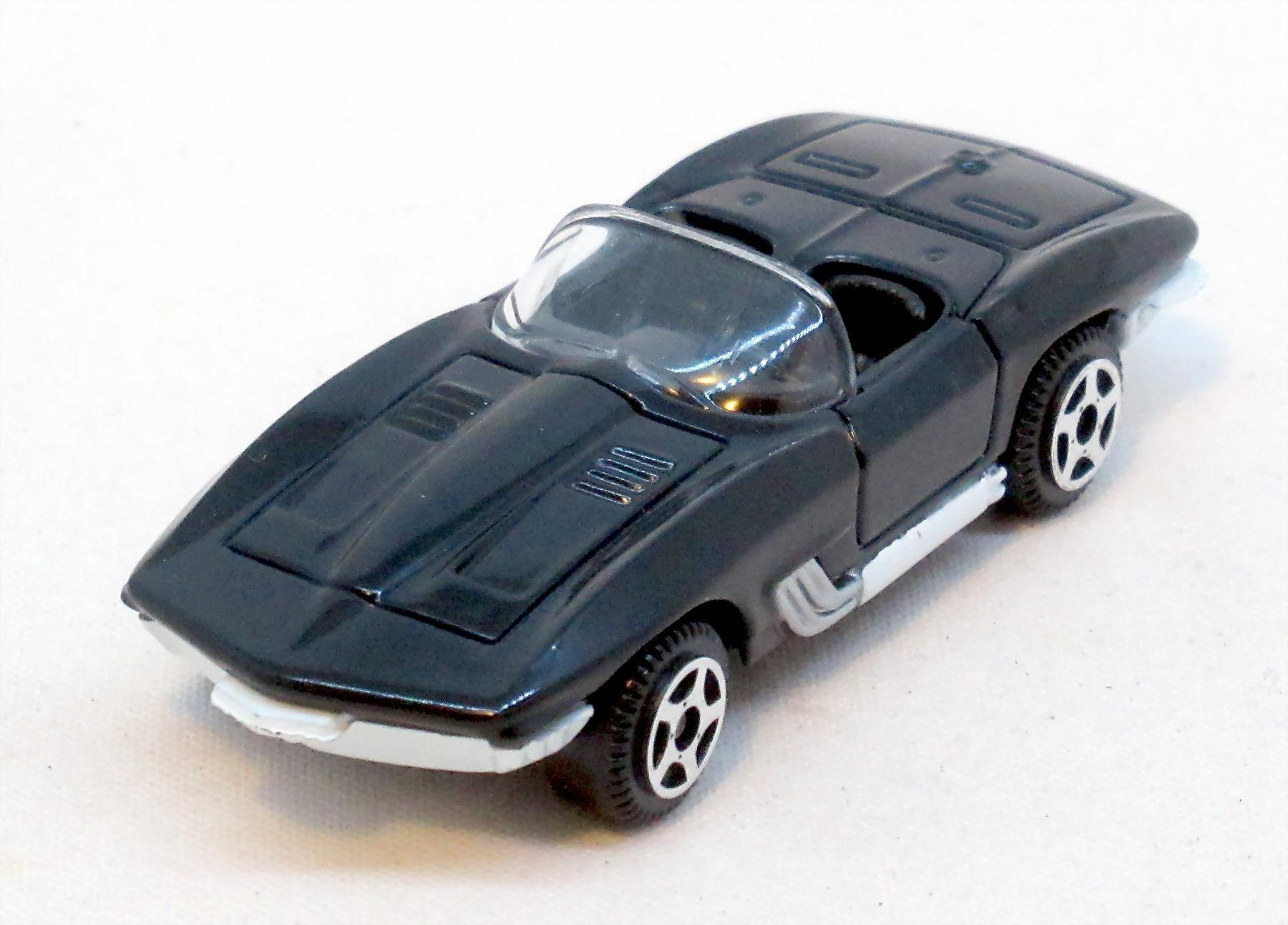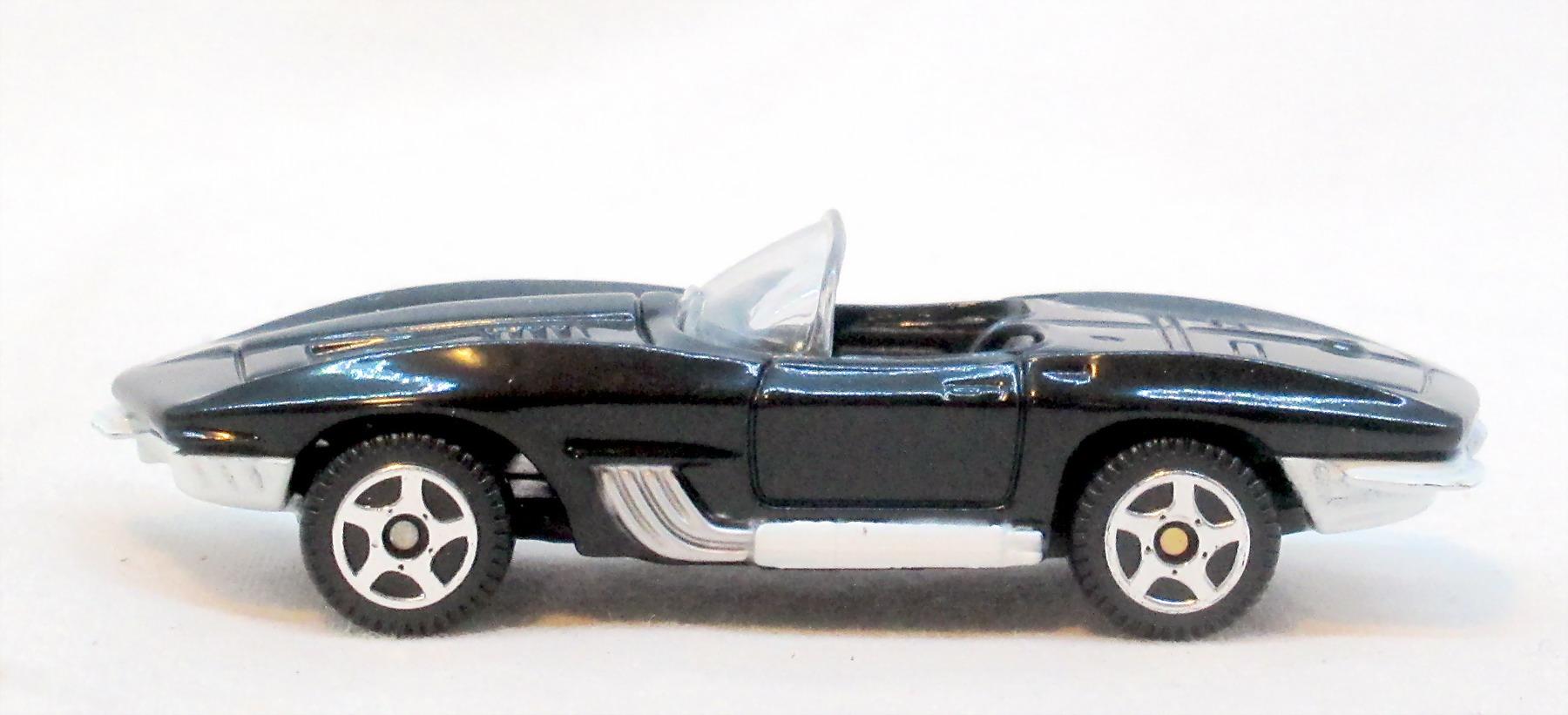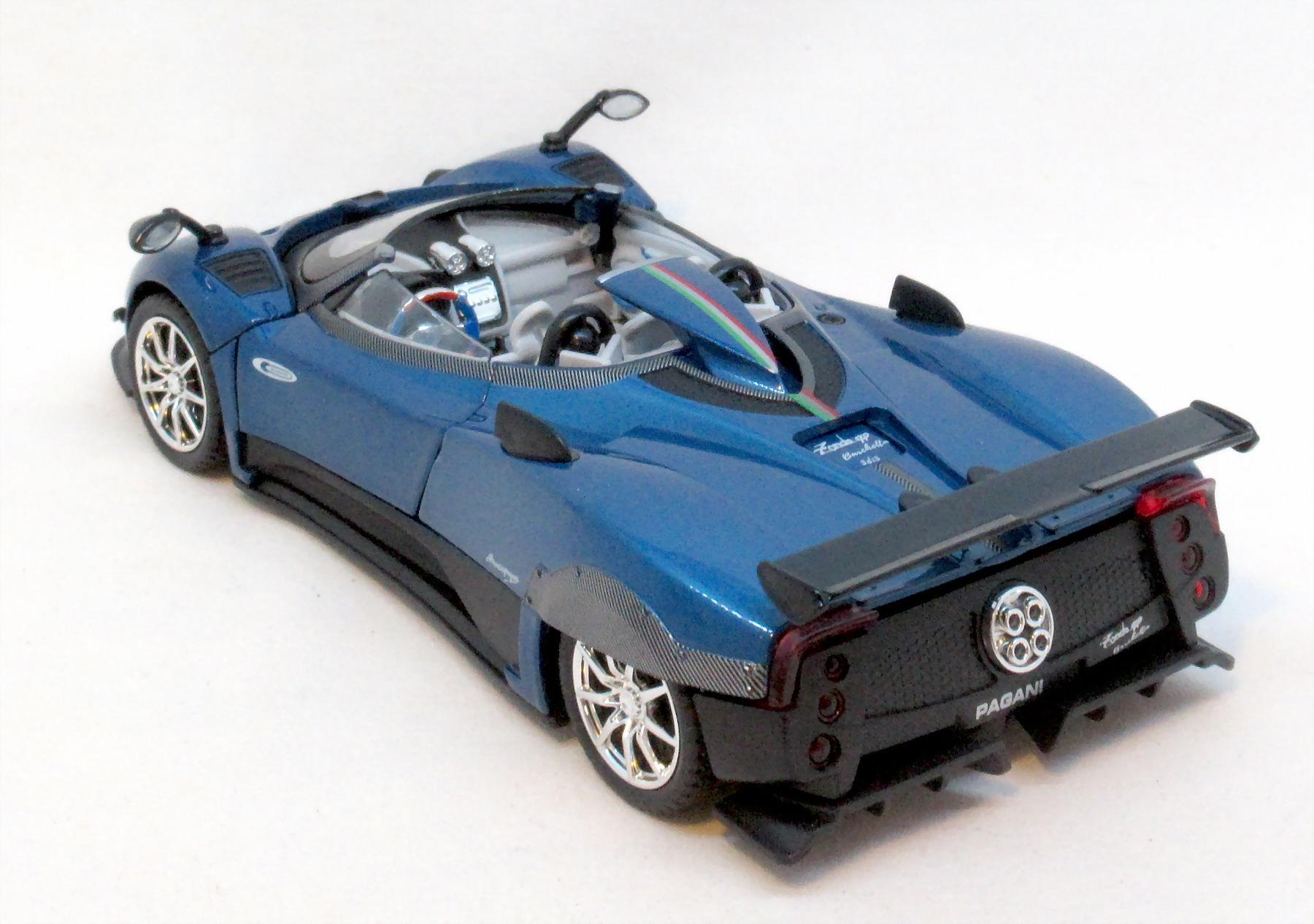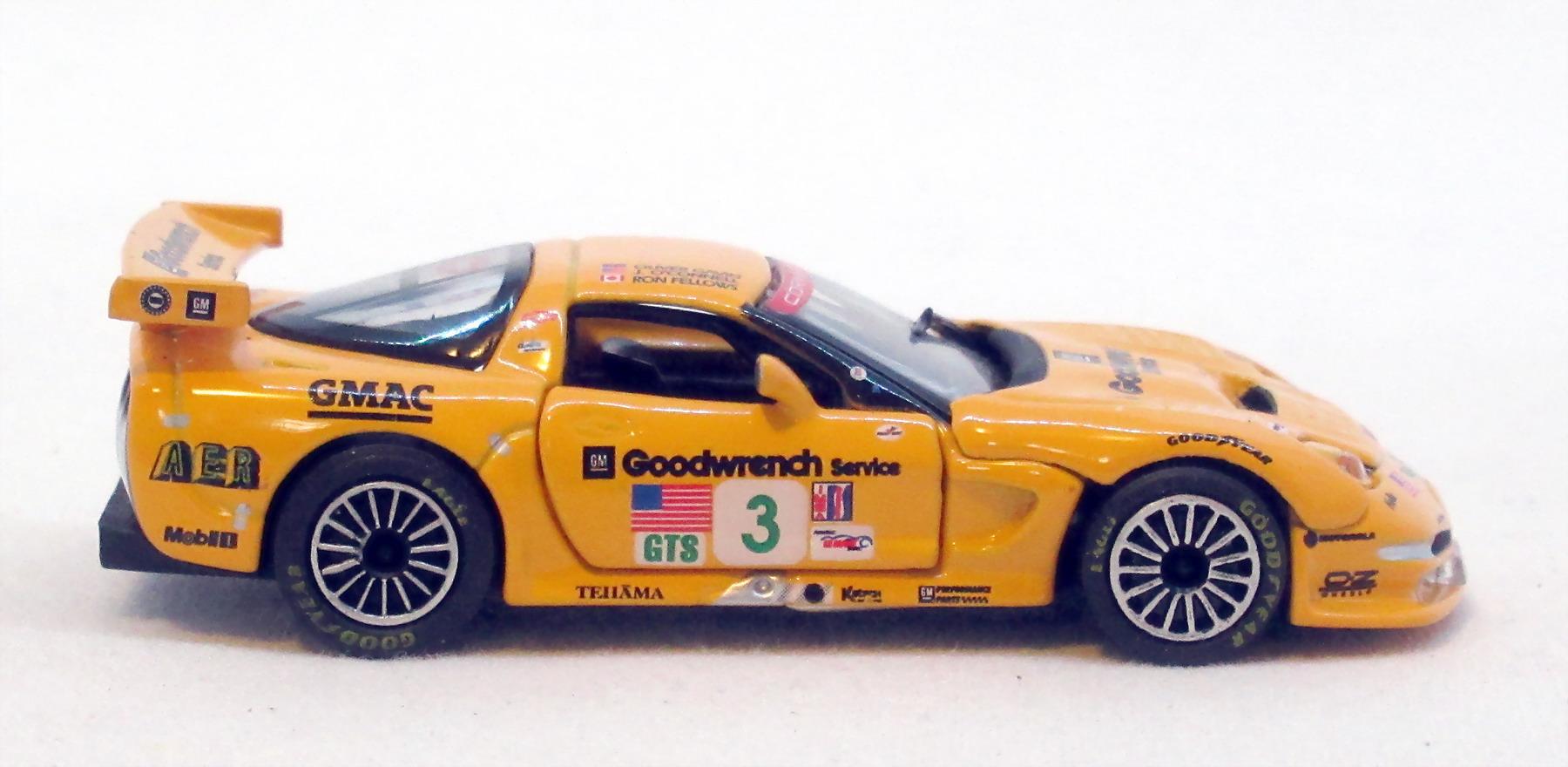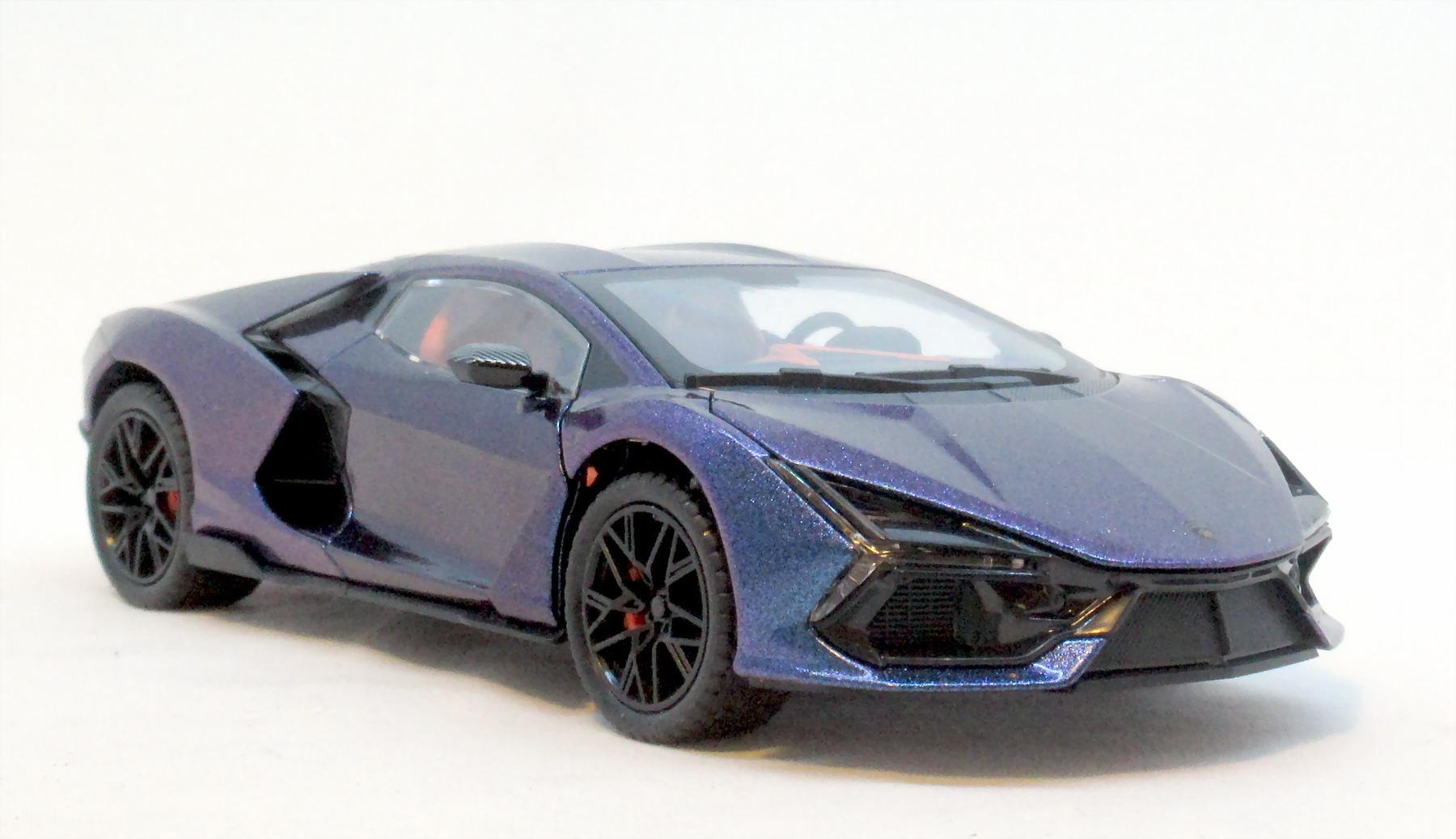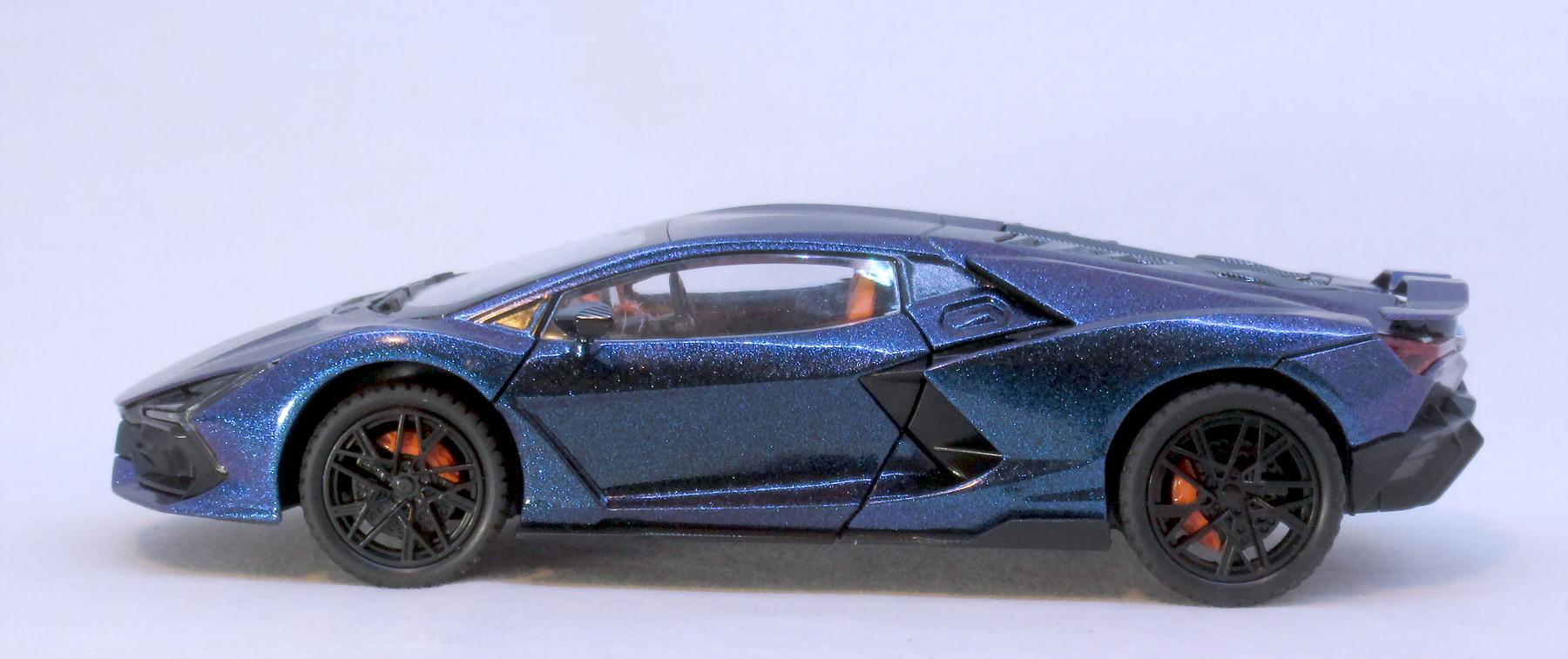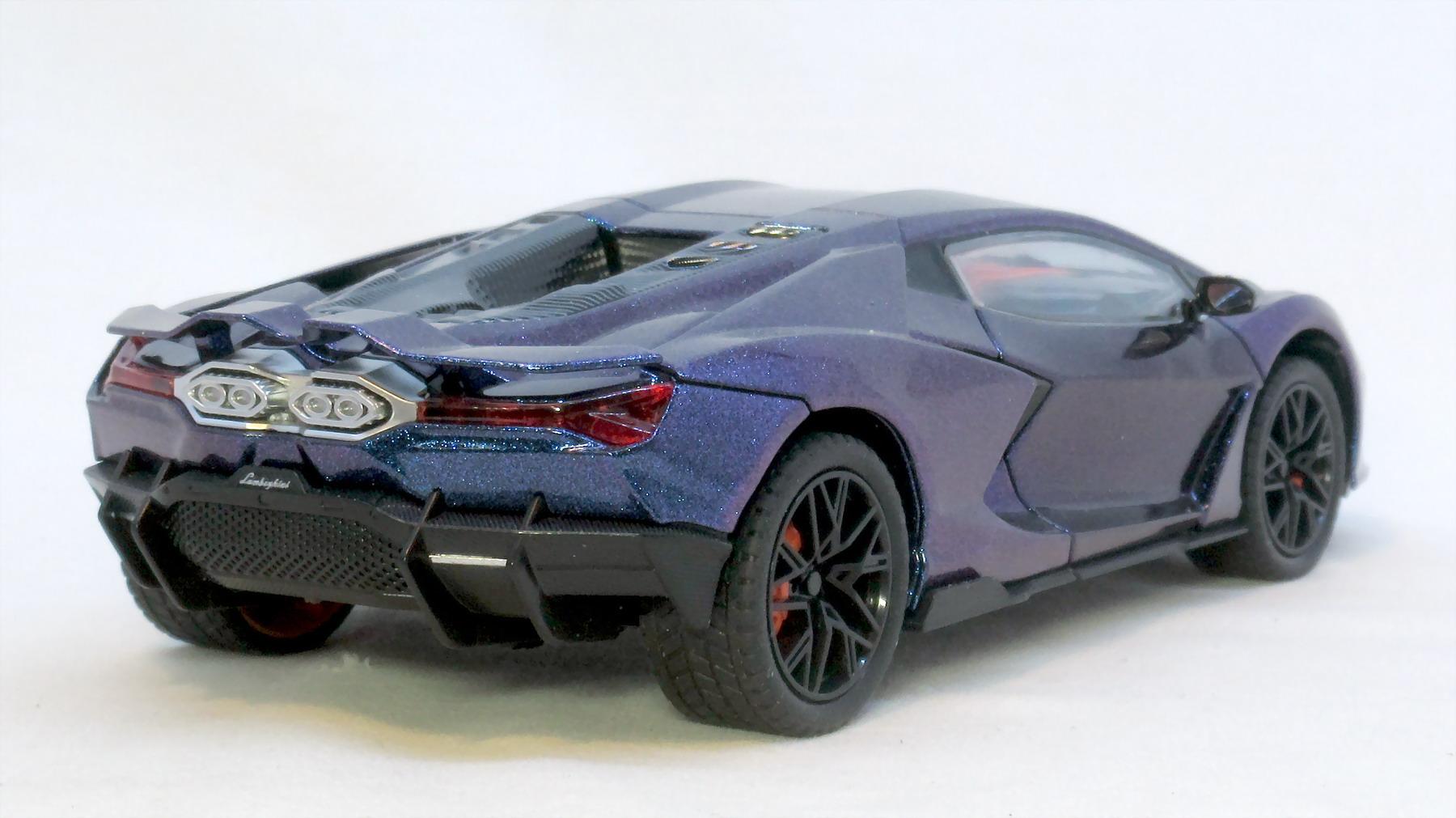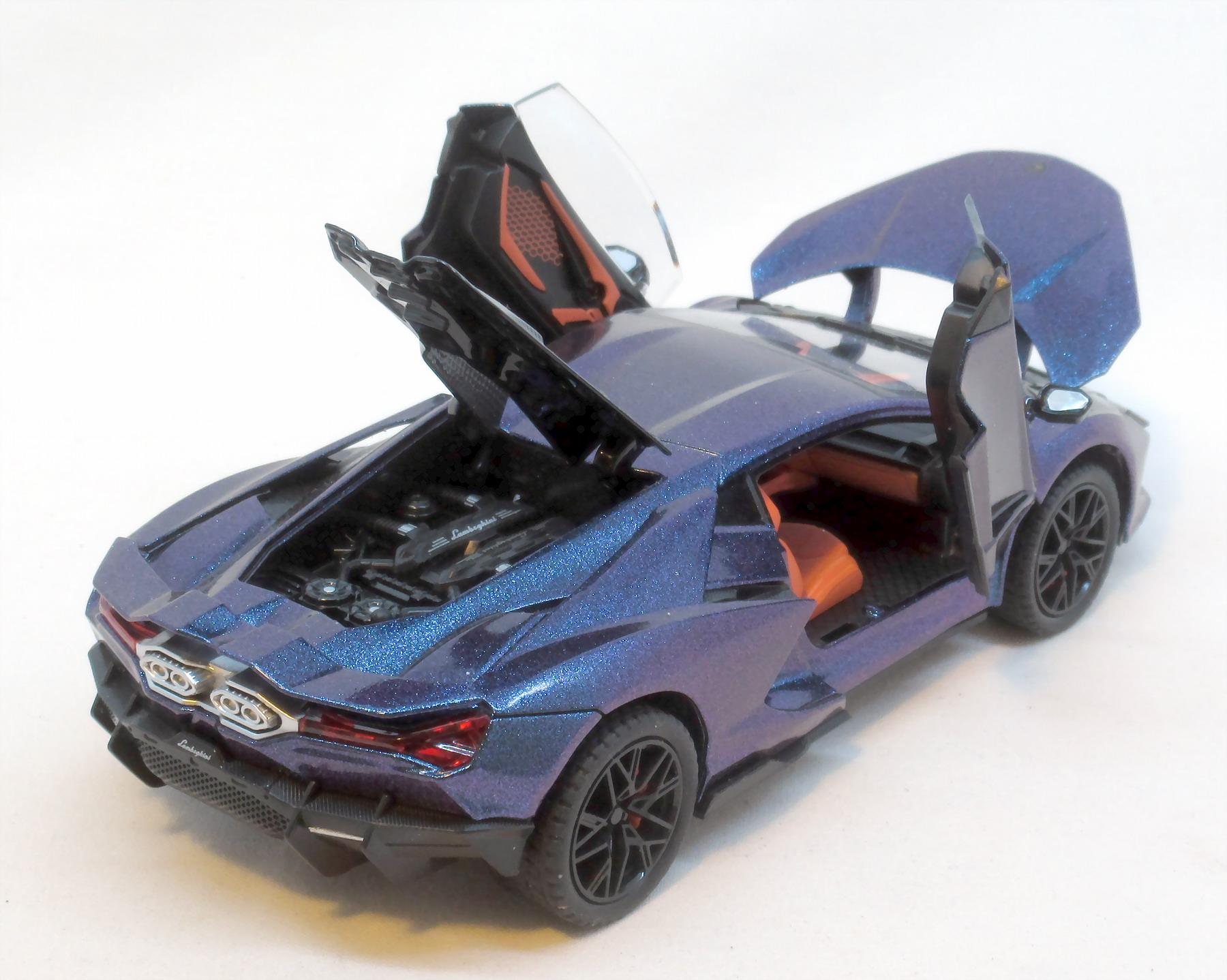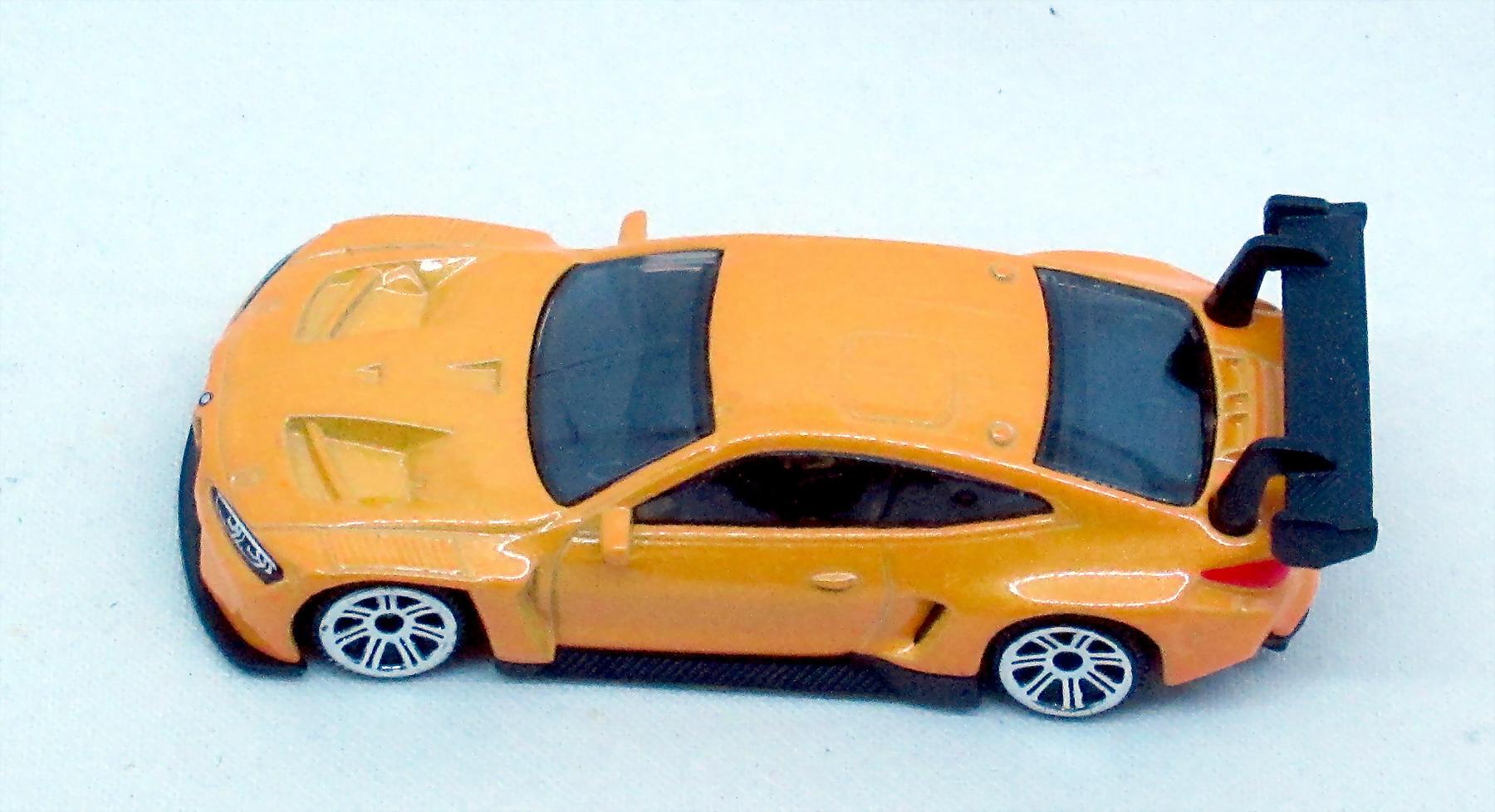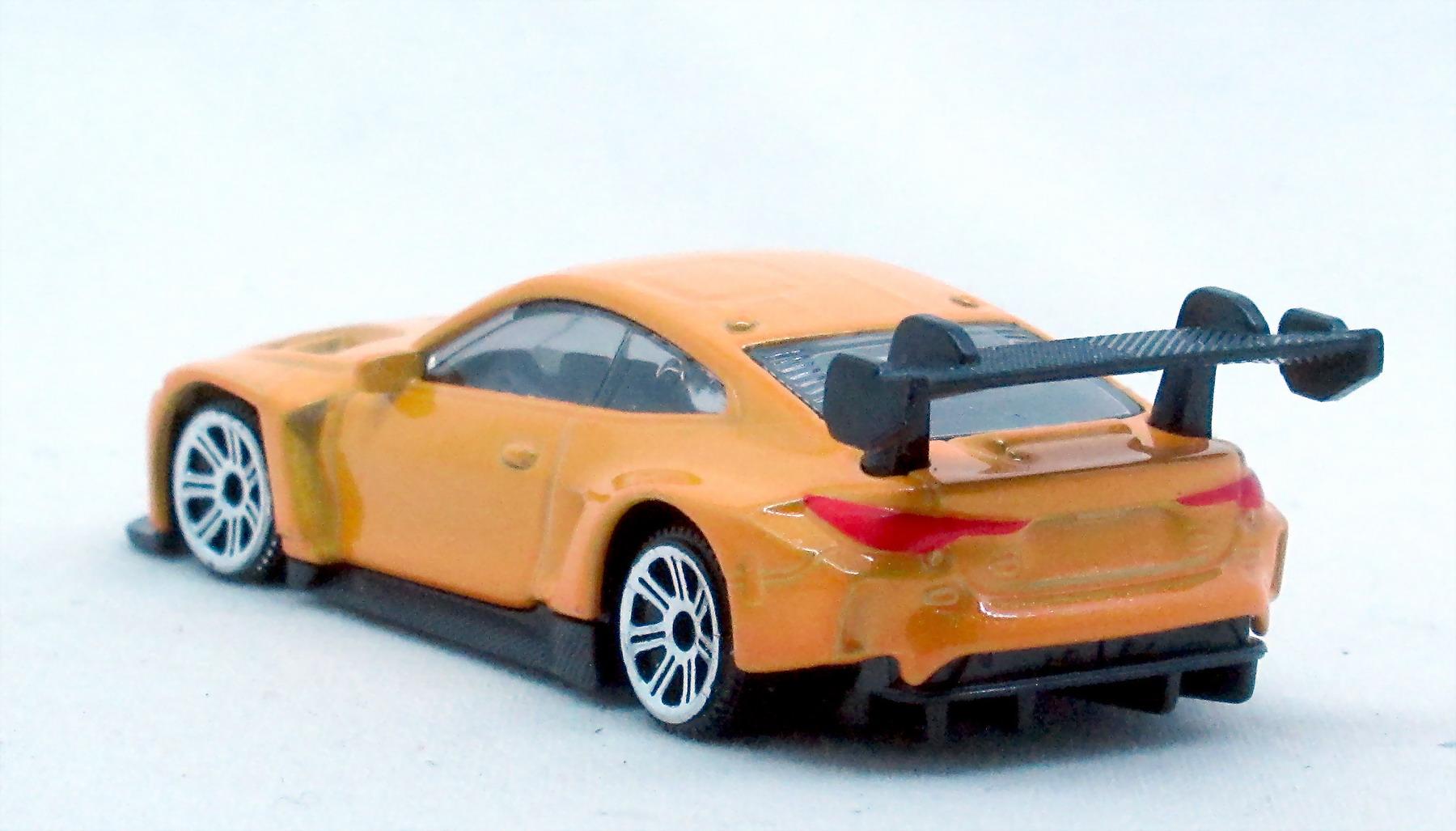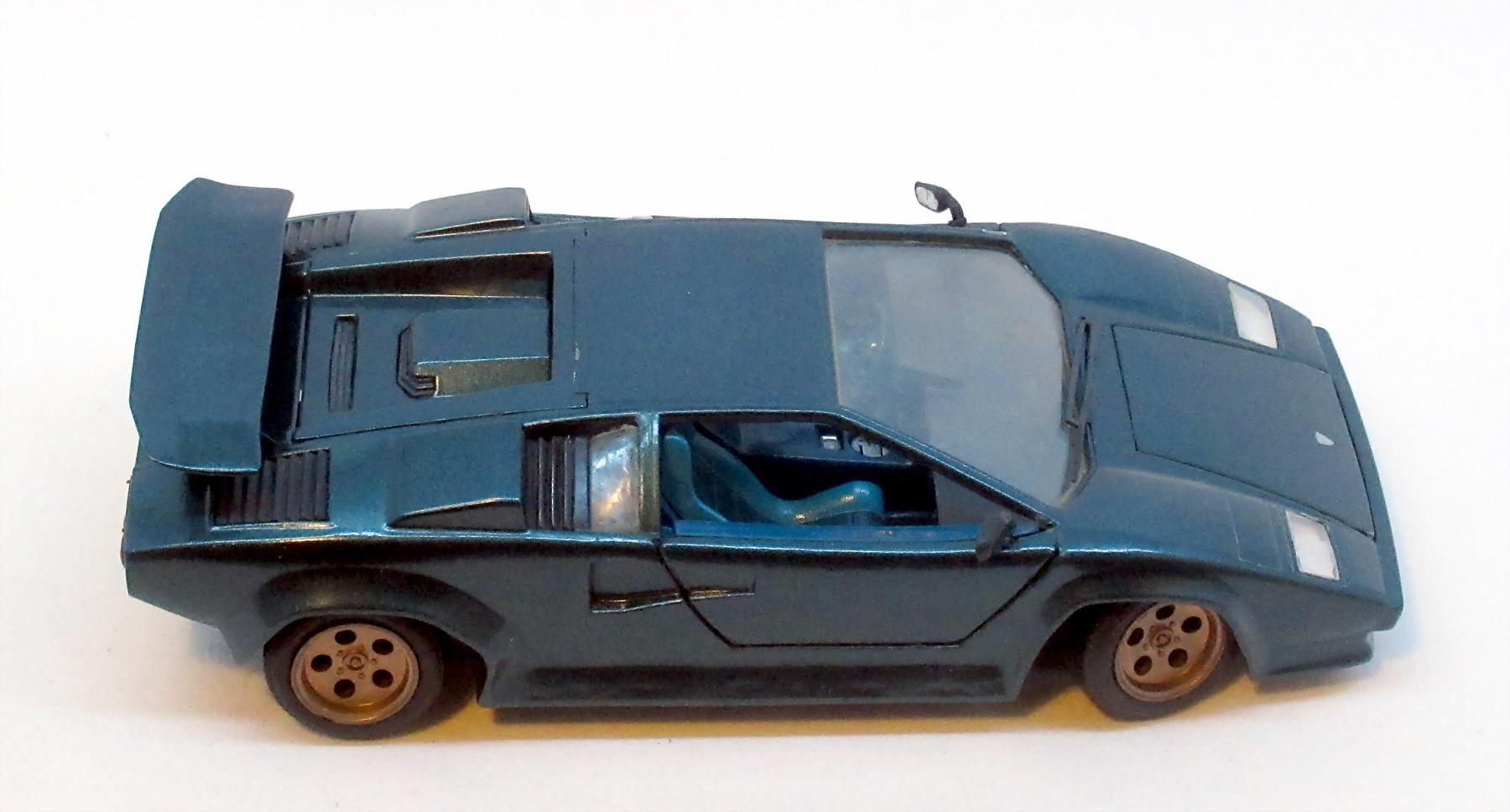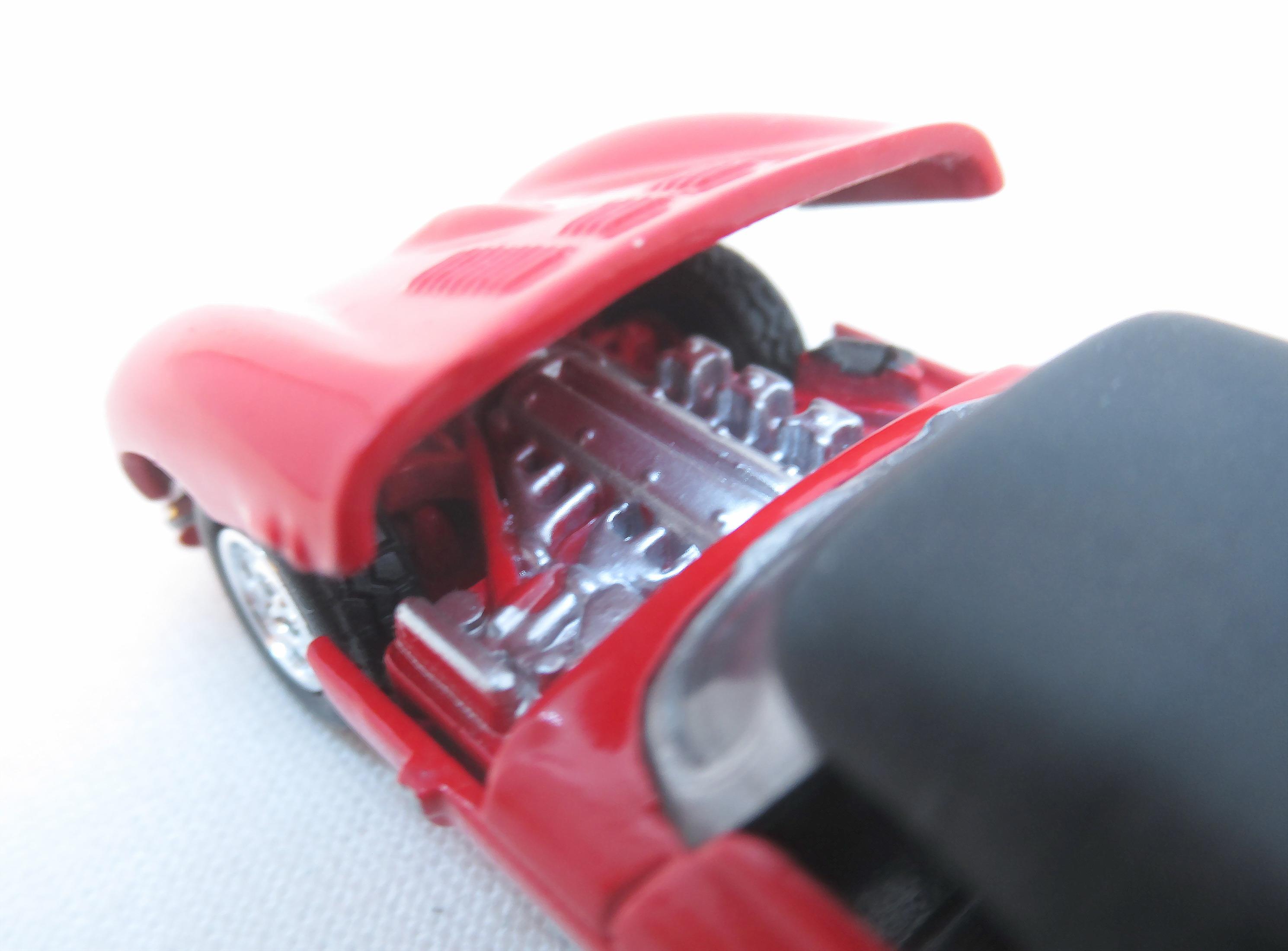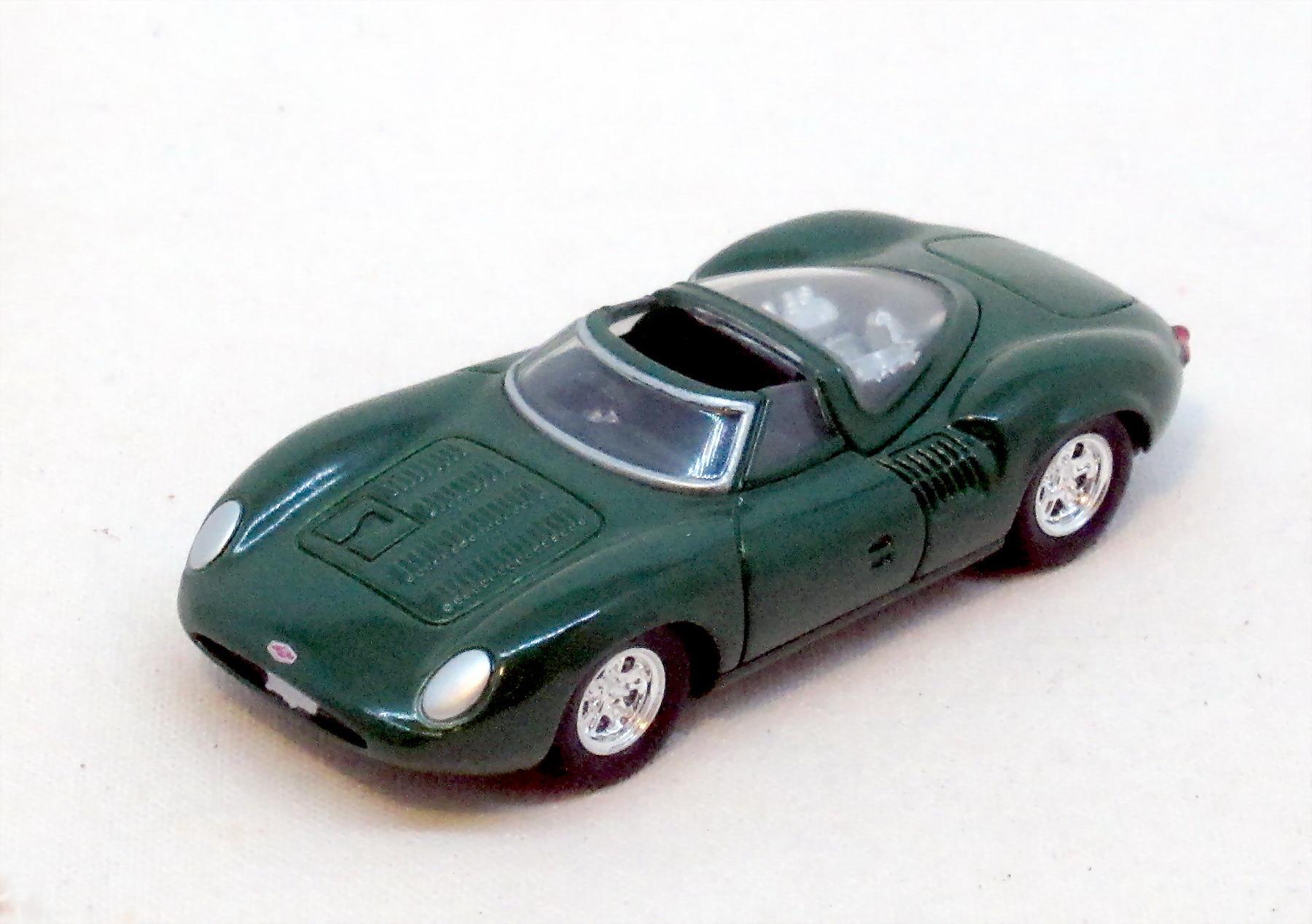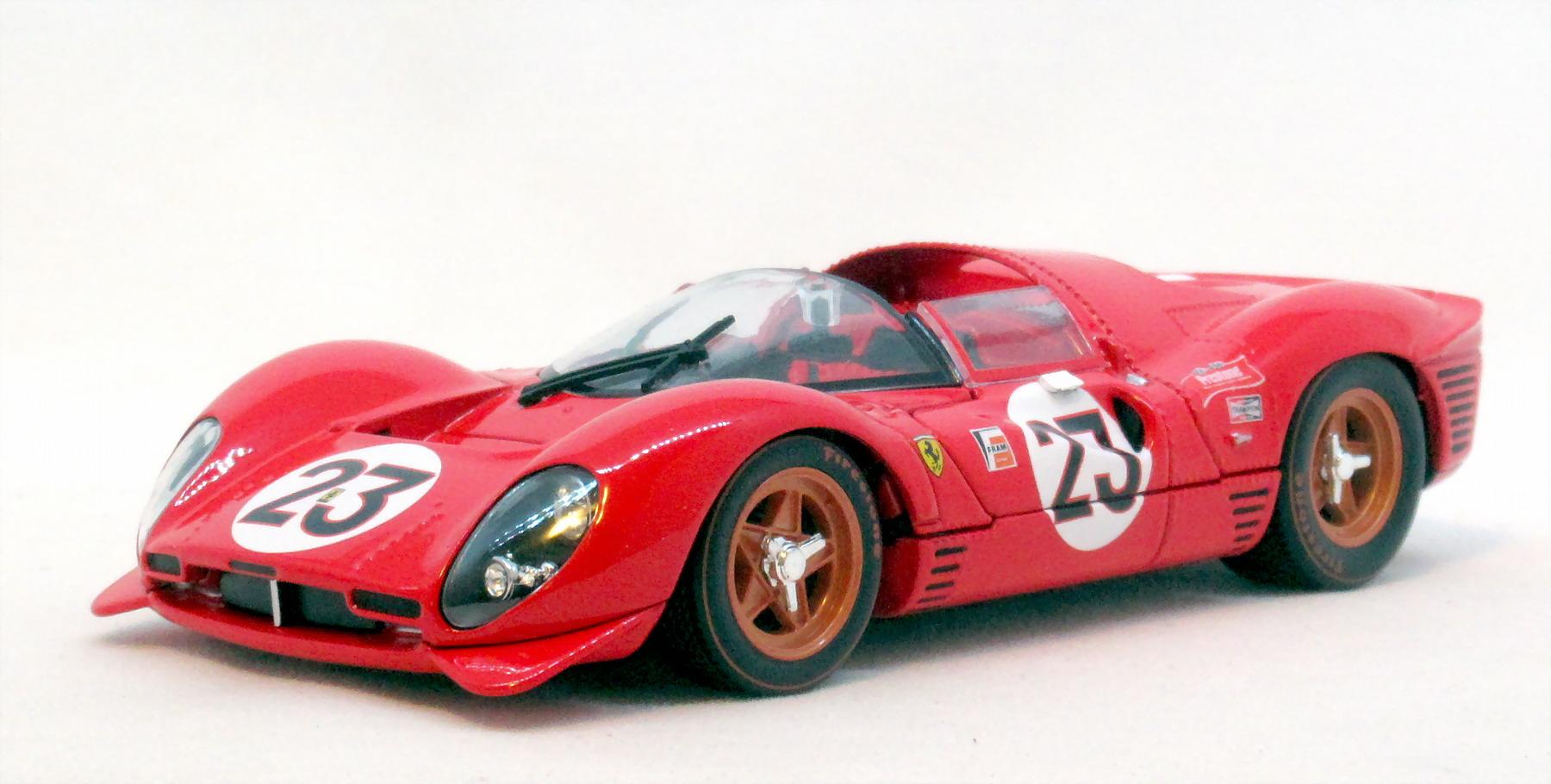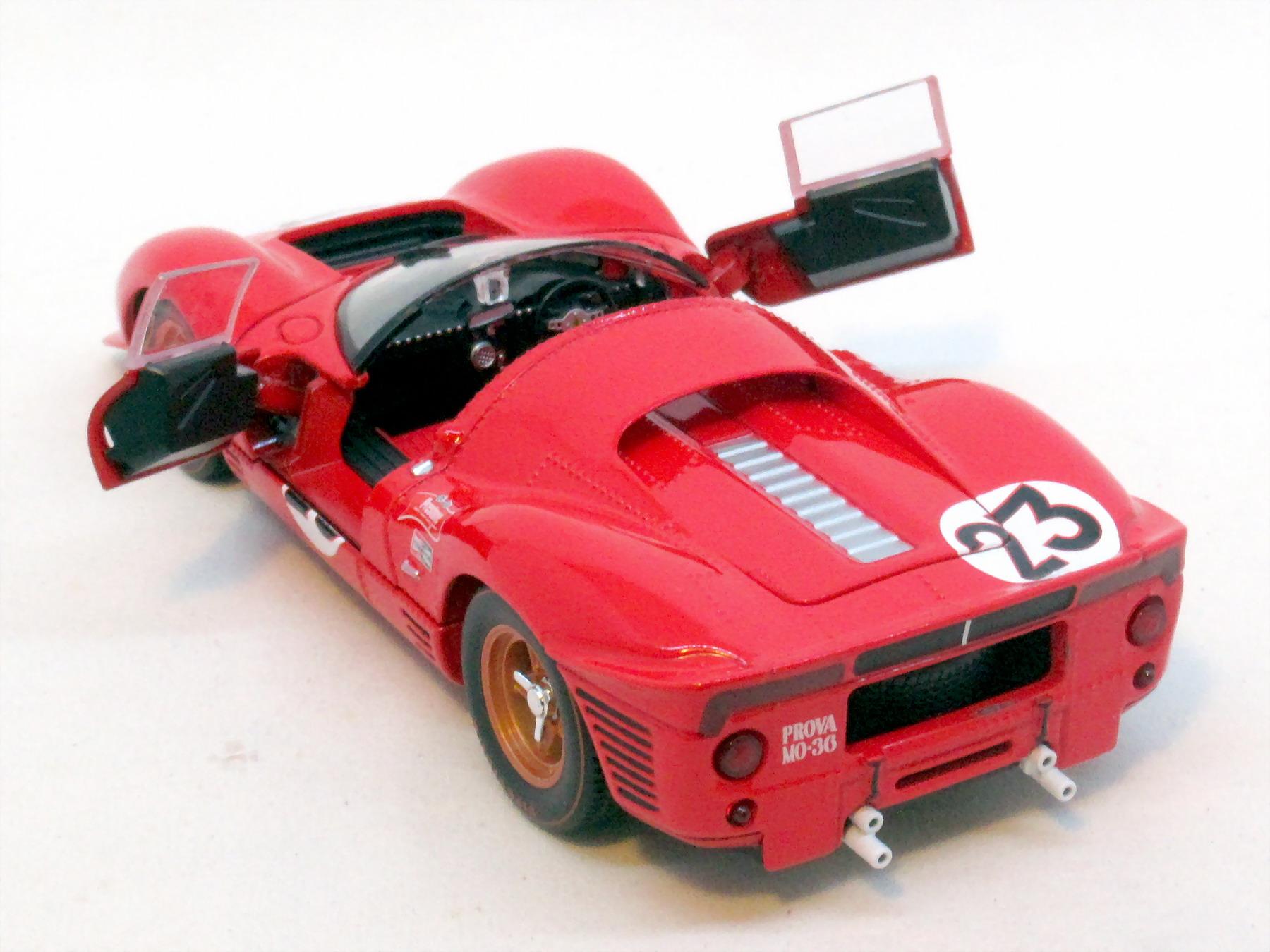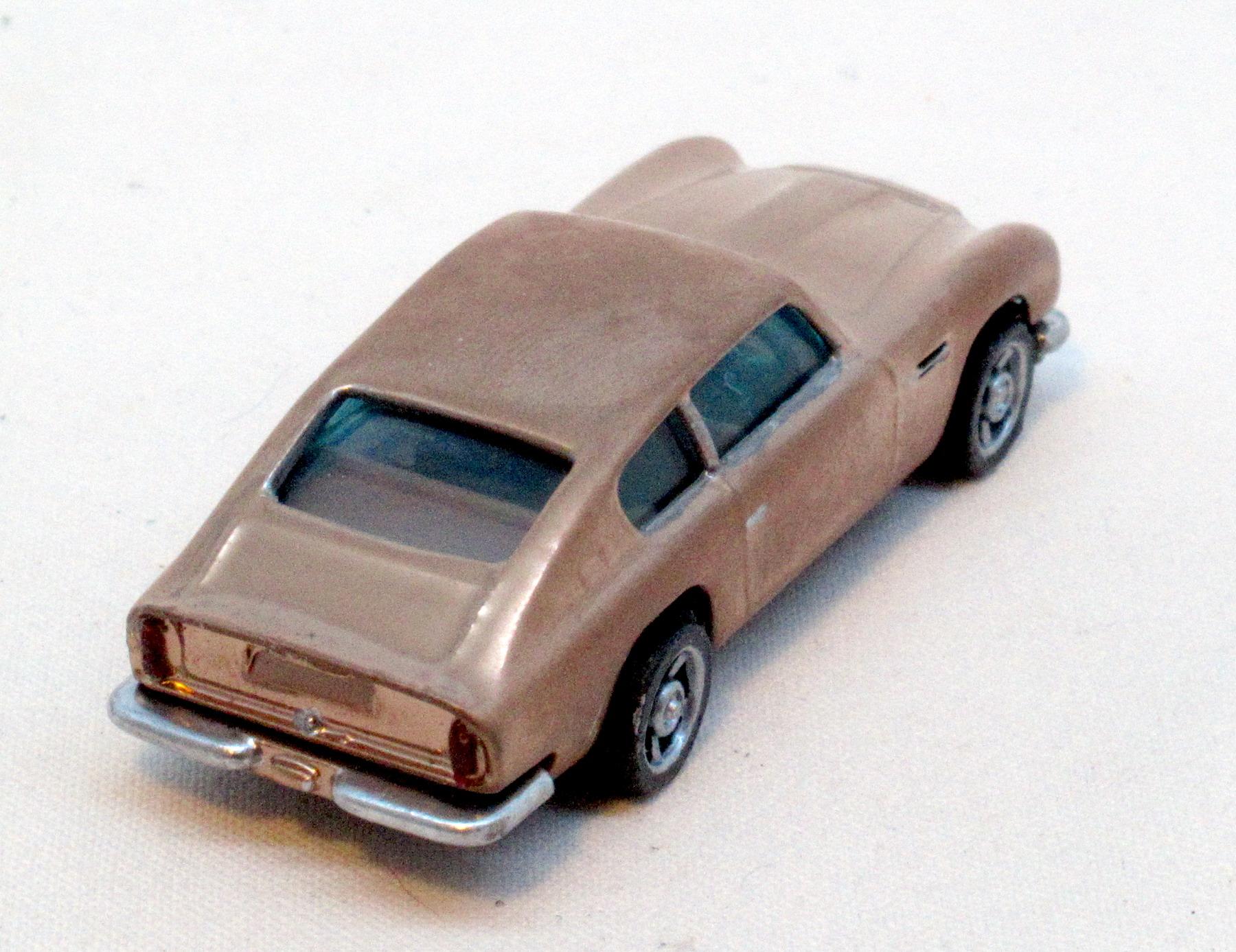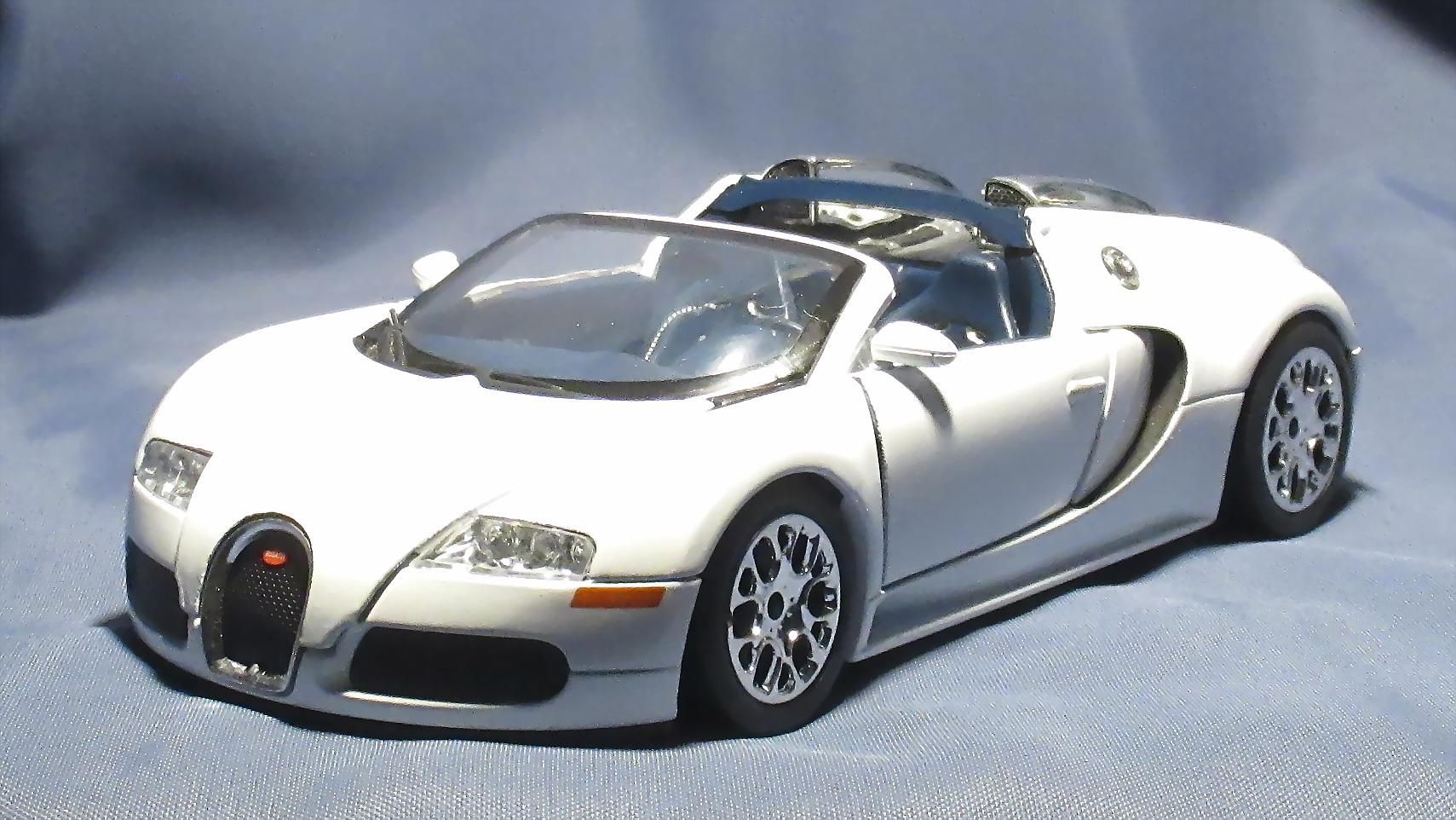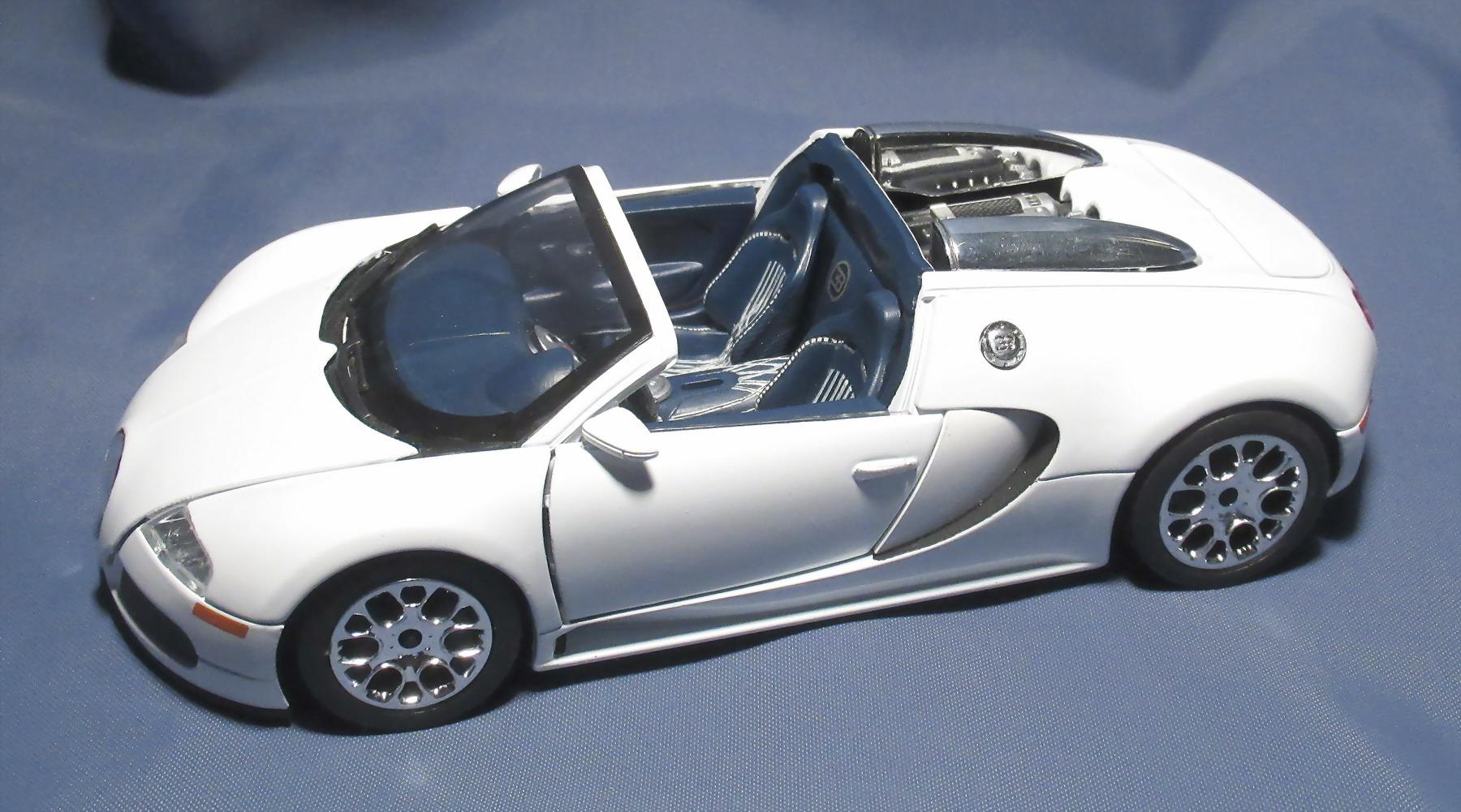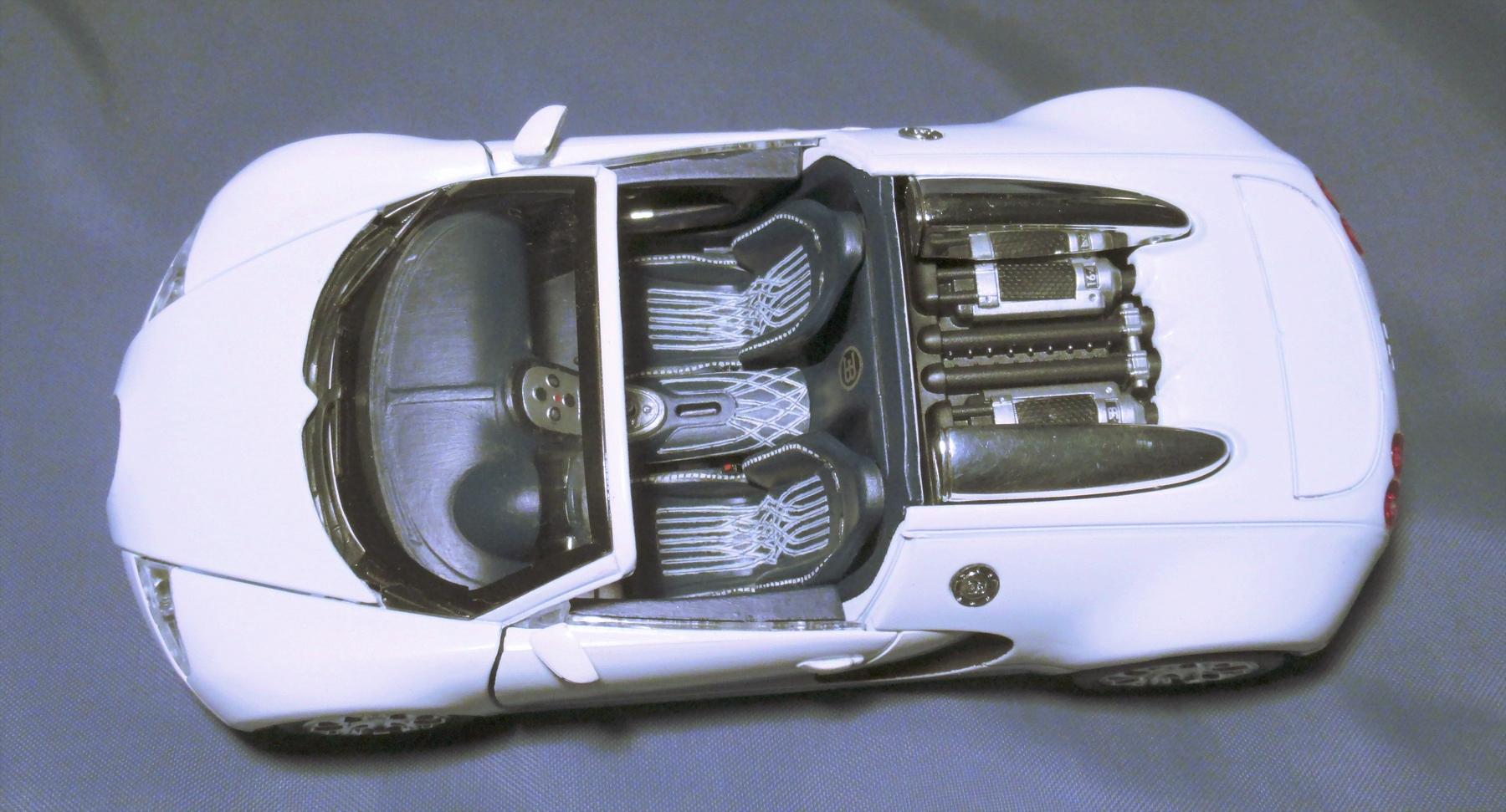-
Posts
481 -
Joined
-
Last visited
Content Type
Profiles
Forums
Events
Gallery
Everything posted by caapa
-
Koenigsegg Gemera 2020 This is the first four-seater car built by Koenigsegg. It is a limited production four-seat plug-in hybrid grand tourer. The planned 300 units being made worldwide sold out in Nov. 2024 soon. The Gemera has pioneered a revolutionary new vehicle category - the Mega GT. Although it will initially be powered by a two-litre, three-cylinder, twin-turbo petrol engine with 600 bhp and 3 electric motors achieving a combined output of 1700 bhp. But later announced that it will also be available with Jesko's five-litre V8, which together with an electric motor called Dark Matter is capable of 2300 hp. And this seemed to be such a popular option with pre-orderers that the three-cylinder version is not yet available. The more powerful version arrived 0 – 100 km/h in 1,9 sec and the top speed is 400 km/h. Koenigsegg now has the fastest accelerating production car in history. Costs more than $1.7 million. The model is made by LJX/China manufacturer in 1:24 scale. Enjoy the pictures.
- 447 replies
-
- 1
-

-
- conceptcar
- showcar
-
(and 1 more)
Tagged with:
-
Super two models ! Thank you for sharing.
-
Ferrari 512 Testarossa Coupe 1984 Every car-loving child of the 1980s knowd the Ferrari Testarossa is an automotive pin-up royalty. The flat nose and extremely wide tail gave it a completely new look compared to its predecessor, the Ferrari 512 BB. The forfather had a front cooler with the hot waterpipes runnig trough the passenger compartment and „heated” it. The radiators were side-mounted, in front of the rear wheels both sides but this made the car much wider – nearly 150mm than the 512 BB. The Testarossa’s characteristic side strakes were only added to satisfying markets where the big inlet openings were outlawed. The exterior styling of the Testarossa was overseen by Leonardo Fioravanti in the Pininfarina studio. The car is powered by a 4.9-liter flat-12 engine, now tuned to 380 hp in U.S. spec., rear-mounted with five-speed manual transmission. The top speed was 290 km/h and the acceleration 0-100 km/h in the low five-second range. The 512 Testarossa was described as “a 300km/h living room”, the Testarossa’s leather-lined cabin offered a perfectly judged mix of sporty elegance and comfort. Ferrari’s new supercar was revealed to the press in the Lido cabaret club on the Champs Élysées in Paris on Okt.1, 1984, and to the public the following day at the Paris Motor Show. Ferrari made almost 7200 Red Heads, making the model by far the most desirable supercar of its era. The model is made by Majorette de Luxe in 1:64 scale. The car isn`t a metal alloy one but made from any new plastic cast. Majorette had high hopes for the new material but the market did not react in the same way. I could buy almost all kind of the models at a discount. Enjoy the pictures.
- 447 replies
-
- conceptcar
- showcar
-
(and 1 more)
Tagged with:
-
Crysler Atlantic Concept 1995 The Crysler Atlantic concept was one of the most popular concept of Chrysler and is making apperences still today. The idea – as in some other cases too – was born on a napkin by company`s then-president Bob Lutz and design chief Tom Gale during on flight to home from the Frankfurt Motor Show 1993. The design was inspired by the Bugatti Type 57S Atlantic. Echoing the French original, the Atlantic concept featured a straight-eight engine with a capacity of four litres. This was achieved by joining a pair of Chrysler Neon 2.0-litre 16-valve four-cylinder engines with a total of 360 bhp It wasn`t very much but according that time professional opinion for any show car that could be driven at 80 kmh is enough. The transmission to the rear wheels was by a four speed automatic transaxle-gearbox. The interieur was trimmed in cream leather. When John McCormick drove the Atlantic for Autocar in 1995, he wrote: „. . . the engine sounds suitably potent at idle, but as soon the revs rise a horrible barking cacophony takes over.” Well, the car was designed for auto-shows and the sound was good for this enviroment. The model is made by Guiloy in 1:24 scale. Enjoy the pictures.
- 447 replies
-
- 1
-

-
- conceptcar
- showcar
-
(and 1 more)
Tagged with:
-
Lamborghini Countach LP-400 1973 Creating this second ever built Countach was an immense work till the last minute before the car had to be shown on the Geneva Motor Show of 1973. It was presented in red. The engine derived from the Espada and was modified for higher performance. The 4-liter engine with new camshaft, powered by six Weber twin-body carburetors, developed 375 hp to reach a top speed close to 300 km/h. Instead of the steel chassis of the prototype they constructed a Formula 1 like tube frame, which weighted 90 kg, 17 less than the prototypes. The completed chassis was sent to Bertone where the bodywork and interior was to be completed. This time they used aluminum alloy of 1.2mm (later production 1,5 mm) thickness to work out the body, whereas the prototype was made of steel. Later as Lamborghini was in a lack on money they rebuilt the first LP400 to the specification of the second and sold it also. Nearly 20 years after it's birth in 2000 in a Yahoo-Auction it was sold to a new owner. In 2001 the factory bought back the first ever built LP400 Countach and now it is a part of the factory museum. The model is made by Suntory Boss about 1:64. Enjoy the pictures.
- 447 replies
-
- 1
-

-
- conceptcar
- showcar
-
(and 1 more)
Tagged with:
-
Yes, the original car was painted Bordeaux red but unfortunately the manufacturer did not do so. The prototype featured a longitudinally, rear-mounted 2.0-liter V6 engine, derived from the Dino 206 S. While the engine bay of the prototype was designed to showcase the engine and its components, the actual engine was not fully functional in the prototype. The prototype's engine bay included elements like the engine block (without internal moving parts), carburettors, distributors, ignition coils, exhaust, cooling system with radiator, and expansion vessel, but was essentially a display piece only. And sorry, my infos were not complet: in 2017 the club’s museum needed funds to keep their spirit alive. They offered the car during the Rétromobile Auction in Paris and the car sold for around €4.4 million.
- 447 replies
-
- 1
-

-
- conceptcar
- showcar
-
(and 1 more)
Tagged with:
-
Ferrari Dino Berlinetta Speciale Prototype 1965 Ferrari has been racing mid-engined cars for 5 years but has never had a sports car with such layout in its production programme. The Dino Berlinetta Speciale prototype is not only one of the most extraordinarily pretty cars to grace the planet but Ferrari’s first mid-engined design study. Ferrari gave a chassis of the compatition Dino 206S with its V6 mid-engine, 1986 cc, 227 PS, enought for a 270 km/h top speed. Aldo Brovarone at Pininfarina began to draft a concept for a compact mid-engined GT. His form language has all the hallmarks of that time in Italian automotive design. This was the last Ferrari with input from the design house’s founder, Battista ‘Pinin’ Farina, before his death in 1966 and among the first overseen by his son Sergio. Its overwhelmingly positive reaction in the Paris Motor Show convinced Enzo Ferrari to build his first mid-engined production sports cars: the V6-powered Dino 206 GT and 246 GT/GTS. And it was the start of a model series that continues to this days with the newest model, the 488 GTB. The prototype is in the Museum in Le Mans of the Automobile Club de l’Ouest. The model is made by Politoys 1:43 scale. Enjoy the pictures.
- 447 replies
-
- 3
-

-
- conceptcar
- showcar
-
(and 1 more)
Tagged with:
-
It seems that all the driver training was useless !
-
Rernault Wind Concept 2004 One of the designer of the car described the idea of the new roadster as follows: „we wanted to design an ode to the simple joy of a summer drive with a loved one.” During an in-house competition the sketches of Erde Tungaa from Mongolia was the best and the designer team worked out the Wind Concept from this. The roadster has become streamlined and elegant in addition to being compact in size but also dynamic. The interior –all in leather – included two front seats and one rear seat, situated in the middle. The car is powered by an inline-4 engine with about 136 hp. Although top speed and acceleration are not publicly known but the little car was reportedly fast. The model is made by Norev in 1:64 scale. Enjoy the pictures.
- 447 replies
-
- 1
-

-
- conceptcar
- showcar
-
(and 1 more)
Tagged with:
-
Mercedes CLK GTR Coupe Street Version 1997 The CLK GTR was not only an excelent race car but symbolizes a significant milestone in motorsport history: Mercedes’ return to racing. It was a result of Mercedes and AMG pulling off nothing short of a miracle: to conceive and produce a fully-built racing car ready for the then-new FIA GT Championship in just 128 days. The total production of the GTR was 20 coupés and 5 roadsters, correspondent the FIA series’ requirements meant at least 25 road car versions of the racing car had to exist. The engine was 6,898 cc by Ilmor, resulting in a power bump to 622 hp. This gave the GTR a 0–100 km/h of 3.8 seconds, and a claimed top speed of over 320 km/h, depending on gearing. The power was routed through a six-speed sequential transaxle with Paddle Shifters and Clutch. The interior decidedly minimalist, with all elements designed more for function as luxury. However, it doesn’t completely miss luxury; the cabin features leather bucket seats which is rare in racing cars. Except one of the cars with a chequered seat cover shown in the Audrian Automobile Museum. The GTRs have amenities such as air conditioning and an audio system. Ironically, it was at 24 Hours of Le Mans in 1999 that Mercedes was again forced to withdraw from the race - after the race car went airborne three times at high speed and flipped over. Fortunately no one was seriously injured this time. The model is made by Maisto in 1:26 scale. The model has a chequered seat cover and I've accentuated the panel lines and the turn signals/tail lights with some transparent paint only. Enjoy the pictures.
- 447 replies
-
- 3
-

-
- conceptcar
- showcar
-
(and 1 more)
Tagged with:
-
Chevrolet Mako Shark II. 1965 Bill Mitchell gave the following task to his team for the XP-830 project: "a narrow, slim, center section and coupe body, a tapered tail, an all-of-a-piece blending of the upper and lower portions of the body through the center (avoiding the look of a roof added to a body), and prominent wheels with their protective fenders distinctly separate from the main body, yet grafted organically to it." Chevrolet created two copies - only one of which was fully functional. The non-running show car debuted at the 1965 New York Auto Show and the functional one at the Paris Motor Show same year. This latter car was powered by 7 litre V8 engine with Turbohydramatic 3-Speed Auto transmission. The car arrived 200 km/h top speed and accelerated 0 – 100 km/h in 5 sec with its 425 bhp engine. The running car got a new opportunity in showcar life and returned to the show-circuit in modified form as the Manta Ray in 1969 while the non-running has been dismantled. The Manta Ray is now a part of the GM Heritage Center. But in 2013 an evenings and weekends project was started by a swiss enthusiast. He replicated the non-running concept car fully functional . The model is made by Johnny Lightning in 1:64. The last picture is a plastic model from a MPC kit 1:24 modified to the non-running design Enjoy the pictures.
- 447 replies
-
- conceptcar
- showcar
-
(and 1 more)
Tagged with:
-
Porsche 911 Speedster 1989 This car was the last air cooled flat six engine 911 to get RS initials. The 1989 model year was the 911s 25 year anniversary. To this occasion, the design has been updated of the 365 Speedster of 30 years ago. The car was built on the 3.2 liter Carrera chassis with the 231 bhp engine, with narrow or wide body. The acceleration to 100 km/h estimated 6 sec, top speed is 244 km/h. Aside from a handful of pre-production and early cars, most examples were equipped with a Speedster badge as opposed to Carrera script mounted on the engine lid. The 911 Speedster is a limited-edition, produced 2,274 cars only. In our days finding and affording are the gteatest barrier to ownership of a 1989 Speedster. The model is made by Maisto in 1:24 scale. The car is a wide body variant from pro-prodution or an early one with the Carrera script on the engine lid. Enjoy the pictures.
- 447 replies
-
- 1
-

-
- conceptcar
- showcar
-
(and 1 more)
Tagged with:
-
Chevrolet Mako Shark 1961 A car that owes its shape to an animal. Bill Mitchel – that time design chief - was a passionate fisherman. He also had a shark trophy in his office and this inspired his most recent design. Although he himself did not draw a single line of his own vision, he was able to realise his vision exactly with his designers. The Mako Shark debuted at the New York Coliseum at the 1962 6th International Auto Show. Bill Mitchel used the car daily during testing several engines in the car. The Shark was always photographed with Mitchel but the lines were drawn by Larry Shinoda. This came to light after Shinoda smuggled out and published several drawings. In 1965, when the new version of the Mako Shark was released, it was renamed Mako Shark I. The current engine is a 1969 427 cubic inch ZL-1 Chevrolet V8 and the car now resides in the GM Heritage Collection. The model is made by Motormax in 3” range. The last picture is a Mako Shark I AMT plastic kit 1:24 . Enjoy the pictures.
- 447 replies
-
- 1
-

-
- conceptcar
- showcar
-
(and 1 more)
Tagged with:
-
Pagani Zonda V12 Barchetta Limited Edition 2017 The Zonda HP Barchetta was unveiled at the 2017 Peeble Beach Concours of Elegance as a present to the company's founder, Horacio Pagani for his 60th birthday as well as to commemorate the 18th anniversary of the Zonda. This is a lightweight version of the Zonda which is rumoured to weigh just 1,250kg and just three units of the car is manufactured with details not found on other Zondas. It is the first Pagani using the barchetta body style. The car is powered by a 7.3 L Mercedes V12 800 PS naturally aspirated engine combined with a six-speed manual gearbox making it the most powerful road legal Zonda ever produced. The top speed is 355 km/h and accelerats in 3,1 sec 0 – 100 km/h. The price was $17,5 million. The model is made by Newao/China in 1:24 scale. Enjoy the pictures.
- 447 replies
-
- 1
-

-
- conceptcar
- showcar
-
(and 1 more)
Tagged with:
-
Chevrolet Corvette C5R 1999 The C5-R was clothed in a carbon-fibre composite body that followed the silhouette of the C5 Corvette lines and was designed purely for motorsports use. Initially used a 6.0 liter V8 engine, later a 7.0 liter one in its career. With compression raised to 12.5:1, the all-aluminium V8 produced 610 bhp. First it was fitted with a five-speed manual gearbox. From 2001, a six-speed was used and in its final iteration, the Corvette racer boasted an XTrac-sourced sequential gearbox. The car arrived the 280 km/h top speed. In 2000, the C5-R was the first works car raced by General Motors at Le Mans and in 2001, the C5-R won the Daytona 24 Hours outright. Corvette Racing won 35 of the 54 races it entered between 1999 and 2004. Totaly eleven C5-R chassis were built by Pratt Miller between 1998 and 2004, with ten being used by Corvette Racing and one built purely for privateer use. That chassis was sold directly to the Belgian Selleslagh Racing Team. The model is made by GMP in 1:64 scale. Enjoy the pictures.
- 447 replies
-
- 1
-

-
- conceptcar
- showcar
-
(and 1 more)
Tagged with:
-
Lamborghini Revuelto 2023 The Revuelto is a car that signals the astonishing things a hypercar-manufacturer can do if it leans in to what electricity can offer diehard petrol heads. This is a transitional car for Lamborghini, a plug-in hybrid with not one but three electric motors. The electrification results a 30% performance boost, while emissions are reduced by the same amount. The V12 engine itself has been turned 180 degrees to squeeze in the gearbox and e-motor. The 218 kilograms engine is 17 kilograms lighter than in the outgoing Aventador. The support to the naturally aspirated 6.5-liter V12 comes from three electric motors. Two are mounted on the front axle, each producing 110 kW, the third is integrated into the all-new eight-speed dual-clutch transmission, and also acts as the starter motor and a generator. All engines together give 1001 hp. The top speed >350 km/h, acceleration 0-100 km/h 2.5 s. The price is $608,358 in the US. The price alone is enough to make it rare to see one on the street. The model is made by a chinese manufacturer in 1:24 scale. Enjoy the pictures.
- 447 replies
-
- 2
-

-
- conceptcar
- showcar
-
(and 1 more)
Tagged with:
-
1:75 story 32 Mercer Cobra Roadster 1965 Copper body accents rarely suit a car but this was one of the beautiful exceptions. It started with the four designs created by Virgil Exner and published in the December 1963 issue of Esquire. This was nothing else than a modern replica of an old Mercer Raceabout back to 1911. Copper Development Association - which wanted to show the practical modern uses of copper in automobile design - got in touch with Exner and asked him to finish the design in order to actually make the car. With help from Carrozzeria Sibona-Basano in Turin, Italy, the Roadster was thus born based on a chassis from U.K.-based AC Cars. The cars engine is a V8 4.7-liter with four-speed manual gearbox, the running gear is with four-wheel disc brakes, front and rear independent suspension. In addition to the bodywork elements there are copper details on engine, in the black leather interieur and even the breakdiscs are made of copper too. The car was introduced in Paris Motor Show 1964. Recently was sold by RM Auctions for a cool $660,000. The model is in 1:75 scale, curved from wood, wheels are from resin cast and the rear lights inserted plastic. Enjoy the pictures.
- 447 replies
-
- 2
-

-
- conceptcar
- showcar
-
(and 1 more)
Tagged with:
-
BMW M4 GT3 2022 The top-of-the-line BMW M4 GT3 builds on the reputation and success of the M6 GT3, balancing aerodynamics and speed with improved drivability and reduced operating costs.They built in the car the most potent straight-six engine BMW has fitted in a racing car since the BMW M1 Group 5. It is a 3.0 litre engine with M TwinPower Turbo technology and gives 590 hp to the 6- speed Xtrac transmission. The top version arrives a 320 km/h topspeed and accelerates 0 – 100 kph in 4,1 sec. The seat is fixed, the pedals, steering wheel, and center console are adjustable to accommodate drivers of all sizes and shapes. The purchase price of the BMW M4 GT3 begins at € 415,000 net - that is € 4,000 less than the price of its predecessor, but its performance similar to that of its competition. These data clearly show that the car is exclusively designed for racetrack use. It is not intended for use on open roads because does not meet any US standards for street vehicles. The model is made by MZS-CCA in 1:64 scale. Enjoy the pictures.
- 447 replies
-
- conceptcar
- showcar
-
(and 1 more)
Tagged with:
-
Lamborghini Countach Koenig Special 1989 You may think that trying to make a Lamborghini Countach more eye-catching was something of a lost cause. But Koenig Specials GmbH/Munich was on hand for anybody who worried that their Countach was too slow or lacked visual drama. Power was upgraded by installing a single turbocharger that raised overall output to 500 bhp. Tough Koenig offered a twin turbo V-12 too, but nobody actually bought this one. It was well known that the factory rearspoiler reduced the car’s top speed. Not only did the wind tunel tested new wing increase downforce, but it also allowed the car to do a top speed about 330 km/h. 20mm wheel spacers were fitted to widen the track to improve the handling, new side skirts which visually lowered the car. The interior was reupholstered and new Recaro seats were fitted. This sole Koenig-Specials remained in Germany until 1996 and was sold to a member of the Dutch Lamborghini Club. The model is made by Revell in 1:24 scale. I repainted the car complet in- and outside, made the side skirts, the new rearwing and detailed the front and rear lights by paint. The enginebay got some wiring and plumbing. Enjoy the pictures.
- 447 replies
-
- conceptcar
- showcar
-
(and 1 more)
Tagged with:
-
Jaguar XKSS Roadster 1957 With its racing heritage and iconic celebrity owners, the XKSS is considered the holy grail of Jaguar models. At the end of the 1956 season a number of completed and partly completed D-types remained unsold at the factory. It was a good base for a road-going version of the Jaguar D-Type racing car. The car was modified to a two seater, with windsreen and foldable ragtop. Minor specification changes have been made only to improve driver and passenger safety. The engine remained the 262hp 3.4‑litre straight six‑cylinder . Only 16 of the planned 25 have been built and sold at the time because nine chassis were destroyed in a factory fire in 1957. In 2016 Jaguar announced a small production run of nine to complement the originally intended 25 pc. The XKSS reproductions would be hand-built to the original specifications and were expected to sell for more than £1 million each. It seems really "cheap" when you consider that an original XKSS was expected to fetch 14 million at an auction. But the original 3.4-litre engine had been swapped for a more potent 3.8-litre. So potential buyers were put off somewhat by the car effectively loosing its originality. Steve McQueen owned a Jaguar XKSS for personal use, painted British racing green. He referred to the car as the "Green Rat". It is currently on display in Los Angeles, California at the Petersen Automotive Museum. The model is made by Hotwheels 100% in 1:64 scale. Enjoy the pictures.
- 447 replies
-
- conceptcar
- showcar
-
(and 1 more)
Tagged with:
-
Jaguar XJ13 Prototype 1966 This is a prototype racing car that was developed to compete at Le Mans in the mid 1960s. The engine is 5.0 Litre, 60°, V12, 502 HP, mounted behind the driver and used as a stressed chassis member together with the 5-speed manual ZF transaxle gear driving the rear wheels. The prototype arrived a 255 km/h top speed and accelerated 0 – 100 kph in 3,3 sec. A car such as the XJ13 needed an experienced race driver to help develop it. They first thought of Jack Brabham but the challenge was eventually taken up by David Hobbs. Hobbs achieved an unofficial UK closed lap record with the XJ13 which stood for 32 years. Futher tests confirmed that it would have required considerable development to make it competitive and the car went in a storage. In 1971 the car was heavily damaged and nearly destroyed during a filming. Some years later the XJ13 was rebuilt but in Jaguar's own words,”The car can be seen today is not an exact reproduction of the original.” It is now displayed at the British Motor Museum at Gaydon, UK. The model is made by Hotwheels 100% in 1:64 scale. Enjoy the pictures.
- 447 replies
-
- conceptcar
- showcar
-
(and 1 more)
Tagged with:
-
Ferrari 330 P4 Daytona Spider 1967 Ford ended Ferrari`s racing dominance with the GT 40s in 1966. But Ferrari was determined to make a comeback. Ferrari went back to the drawing board and evolved their P family with three new cars: the 330 P3/4, a berlinetta coupe, 330 P4 a spider and 412 P coupe with more simple technic . Mauro Forghieri, Ferrari’s Technical Director at the time, was given full freedom by Enzo Ferrari to develop an engine and car that would absolutely surprise the folks at Ford. The P4s were outwardly distinct amongst the competitors as they had slight smaller bodies and one was built as open-air spyder. The engine was 4.0-liter, V12, 450 bhp with Lucas fuel injection, connceted to an in-house developed 5-speed manual transmission, along with new wheels and wider tires. The car arrived with improved road-holding suspension system 320 km/h. When the green flag dropped, Phil Hill’s Chaparral 2F overtook Dan Gurney in the Mark II GT40. The Ferrari teams themselves decided to focus on their own lap times and not challenge the others unless they had at least a 5-lap lead. As the race progressed, more and more Mark II GT40s had to make unplanned pit stops. Around 9:00 PM, the Chaparrals were both out of the race and the issues at Ford were only getting worse. Ferrari was running 1-2-3-4 and the Parkes/Scarfiotti 330 P4 spider was running an average speed of 176 km/h. During the final lap, the three Prancing Horses drove side-by-side and this resulted an iconic finish photo. The winning car is in the Museo Ferrari Maranello to see. The model is made by Bburago in 1:24 scale. It is made good detailed. Would be nice with liftable hood and a detailed engine bay. Sure the price would be much higher ! Enjoy the pictures.
- 447 replies
-
- conceptcar
- showcar
-
(and 1 more)
Tagged with:
-
Aston Martin DB6 1965 After the successful DB4 and DB5, the improved DB6 had noticeable styling changes: the Kamm tail rear spoiler , which improved high speed stability, a higher roof line and longer wheelbase which ones made the DB6 more practical for families. The chassis and body conctruction are made using the Touring of Milan patent in a mix of other steel sections. Aston Martin paid a £5 royalty on each early DB6 made to use the "Superleggera" patent. The car was powered by a 3995 cc, 282 bhp straight-6 engine connceted to a ZF 5-speed manual gearbox. The top speed was 241 km/h and accelerated 0 – 100 kph in 6,2 sec. Although it did not prove popular with conservative, tradition oriented Aston clientele there were famous owners too - included HRH Prince Charles, Paul McCartney, Mick Jagger, Twiggy and Peter Sellers. The model is made by Corgi in 3” range. Originally painted in a Spectraflamm-like yellow painjob but was in a very playworn condition. I repainted with gold metal spray which does not show up as well in the photos as it does in reality. I hope you will enjoy the pictures.
- 447 replies
-
- conceptcar
- showcar
-
(and 1 more)
Tagged with:
-
Bugatti Veyron 16.4 Grand Sport Shanghai Edition 2011 Today`s Bugattis are more than an ultimate sportscar - as the Veyrons were too – but they became an exclusive collector`s item and a prized investment. Such as this one-off Grand Sport purpose-built by the Bugatti customization team to its destined owner‘s exact specifications. The Shanghai exhibit is with a matte white and dark blue carbon fiber outside and complementing blue interieur richly embroidered .The Grand Sport is the convertible version of the Veyron with the 1001 PS V16 engine. With the transparent polycarbonate roof module in place, the Grand Sport arrives 407 km/h top speed factory limited . Without the top module the open car reaches top speeds of 360 km/h and gives a sheer thrill of driving accompanied by a very special rumble that no other car can match. And if it should the rain coming in the meantime there is a textile canopy that is stowed in the trunk and functions in the same way as an umbrella - can be fitted before the first drops fall. This soft top for passing showers remains securely in place up to 160 km/h. "This Grand Sport is an example of the versatile possibilities customers have when designing their unique Grand Sport in co-operation with the Bugatti team", explained the President of Bugatti Wolfgang Dürheimer at the Auto Shanghai. The model is made by Speedy/China in 1:24 scale. I altered the interieur in colour and completed with „stitching”. The outside is waiting on its identical outfit. Enjoy the pictures.
- 447 replies
-
- conceptcar
- showcar
-
(and 1 more)
Tagged with:
-
Yes, I agree. The idea of different designers creating special bodies on a basic chassis was a good one. It seems that there were few body artists at that time, on the other hand, the Alfa Romeo name was not sufficiently prestigious for potential customers. Nowadays, it's mainly the big luxury brands that have been producing specials that meet the customer's wishes.
- 447 replies
-
- conceptcar
- showcar
-
(and 1 more)
Tagged with:

